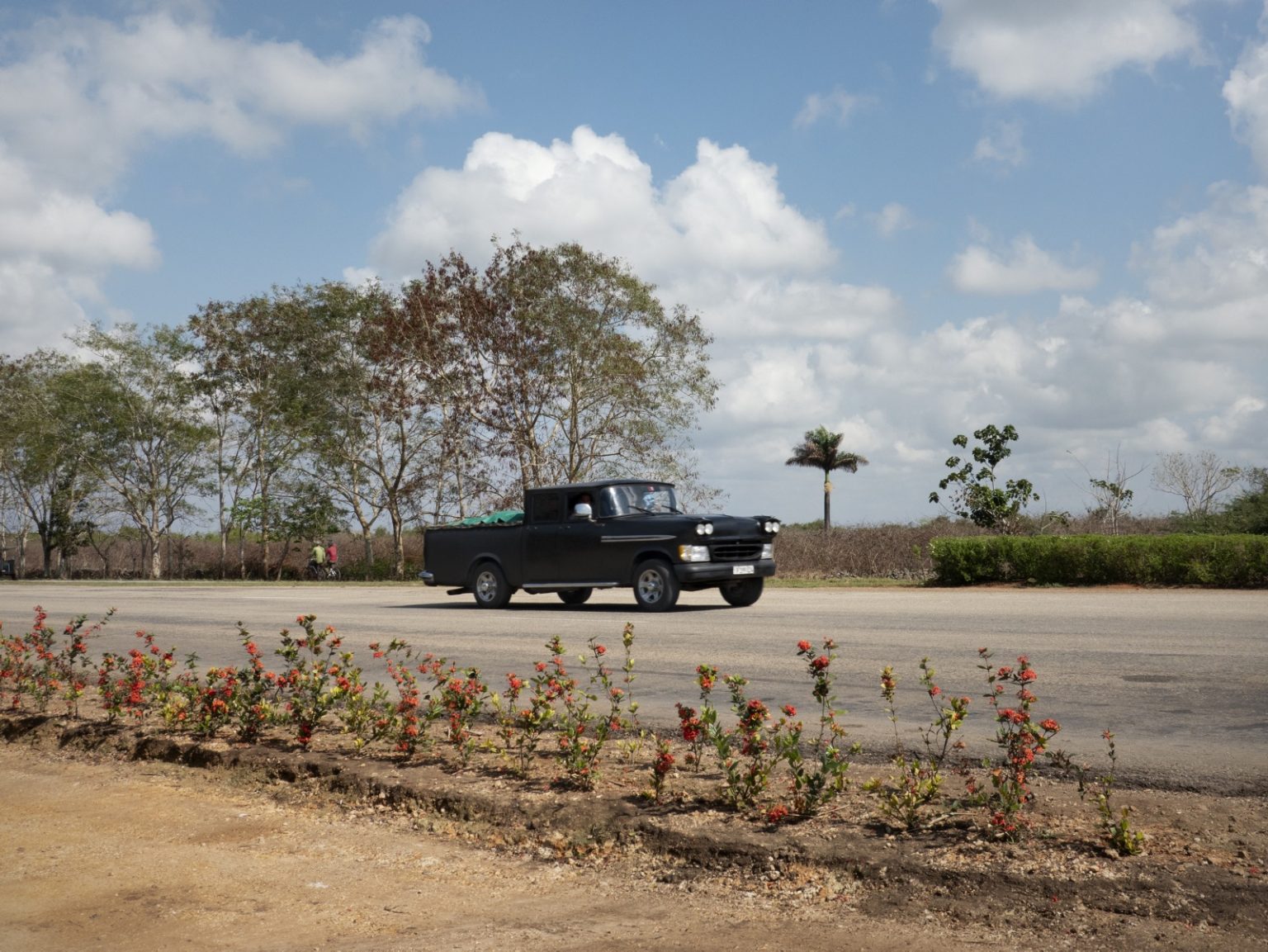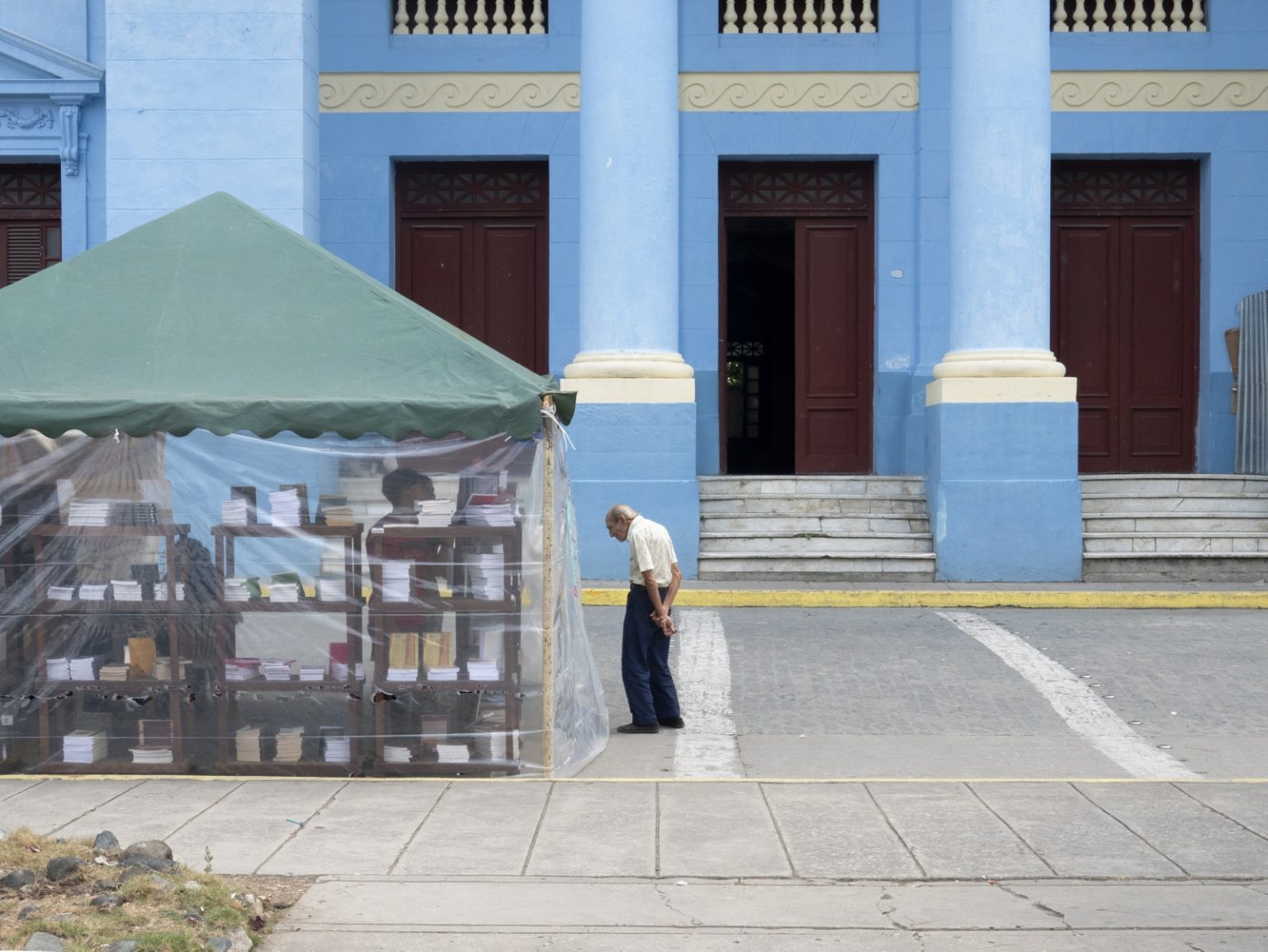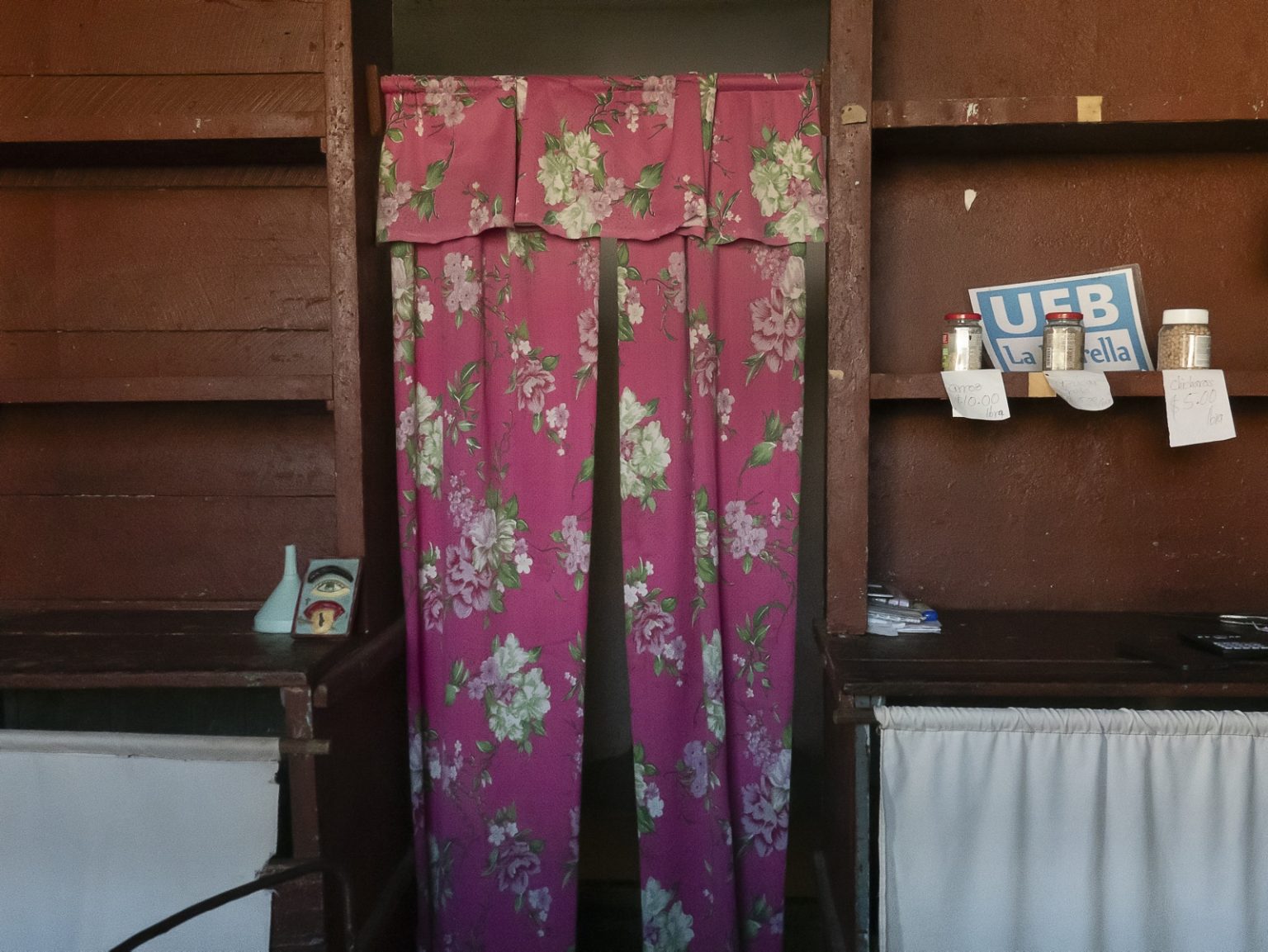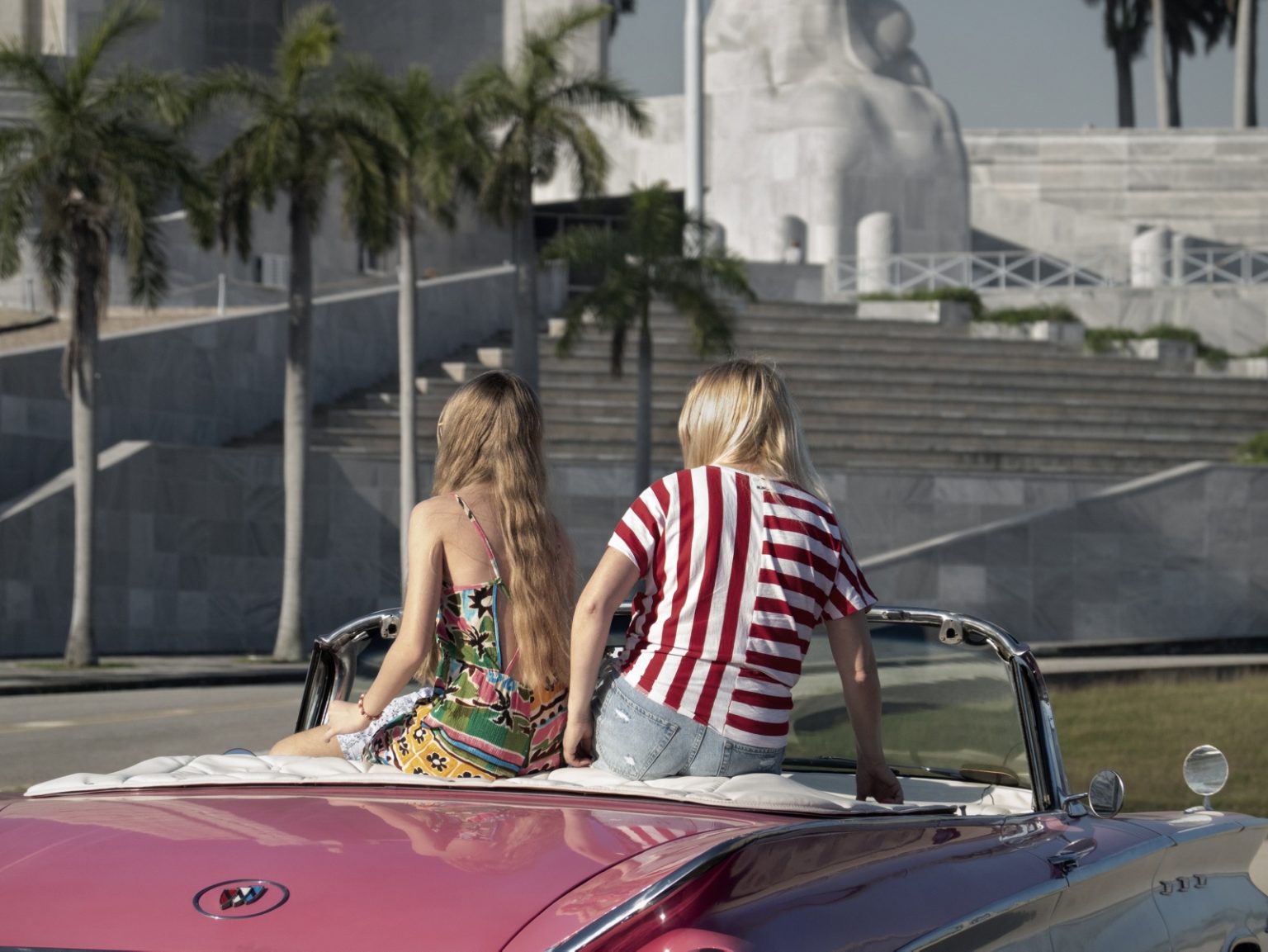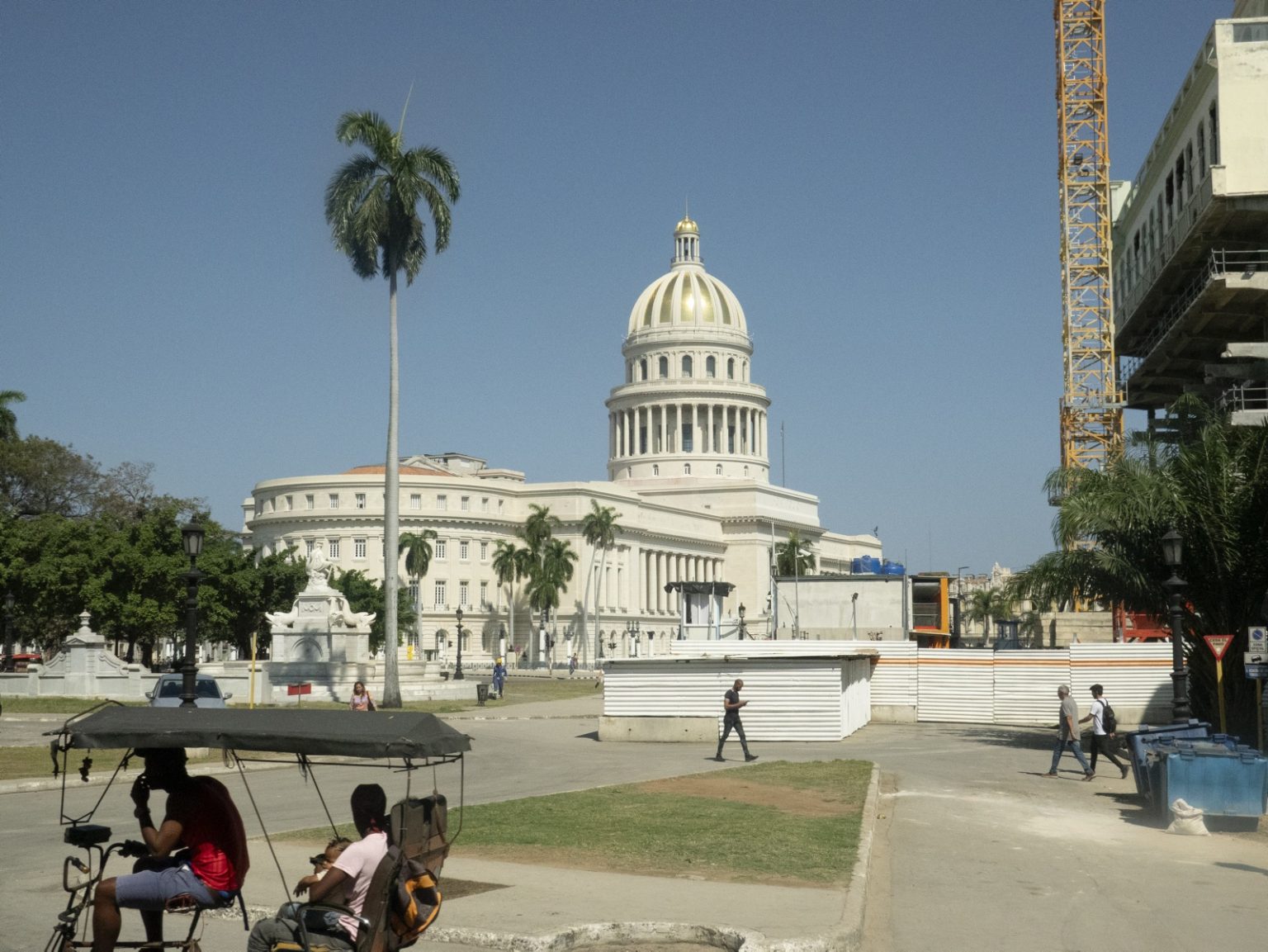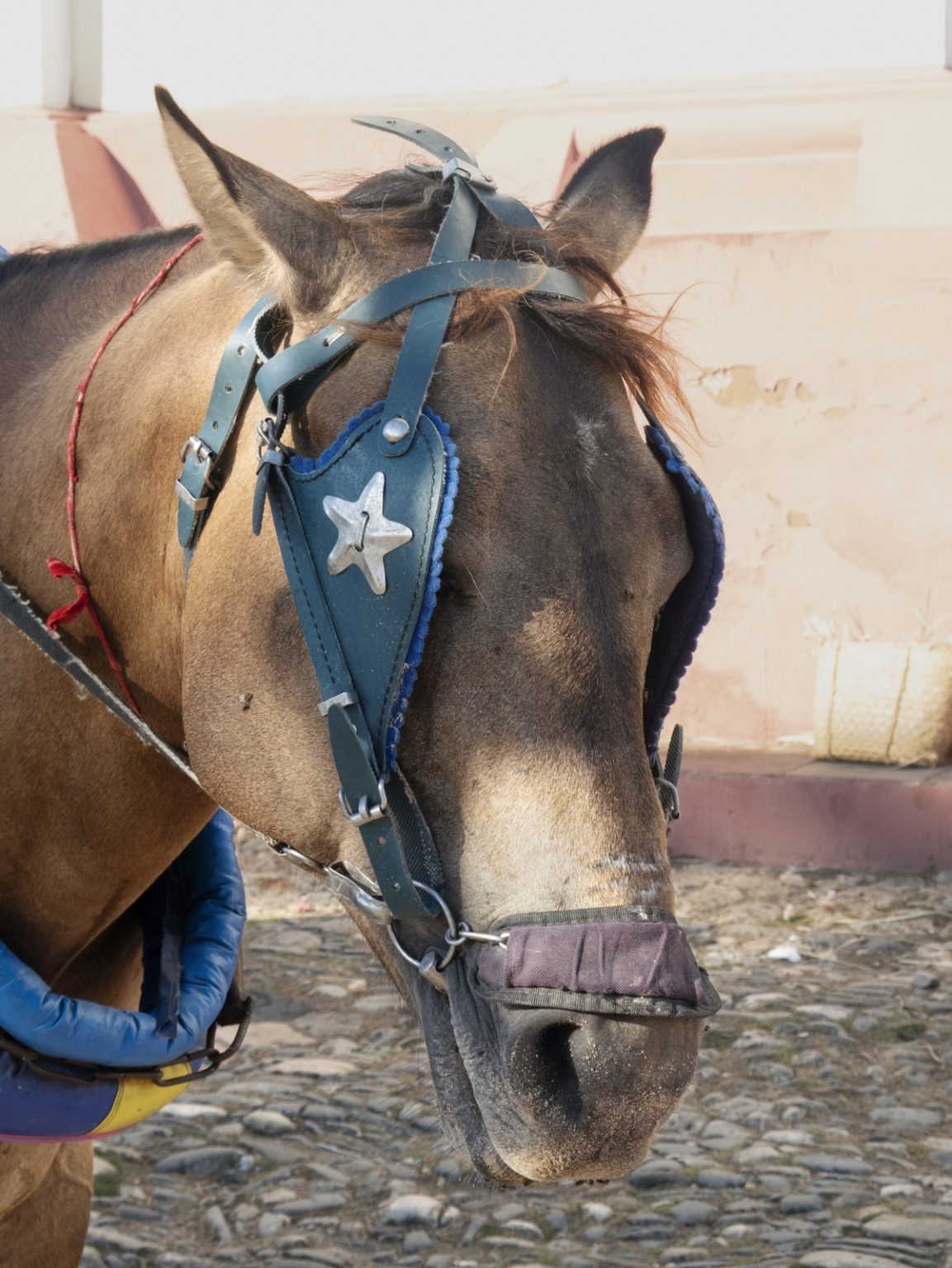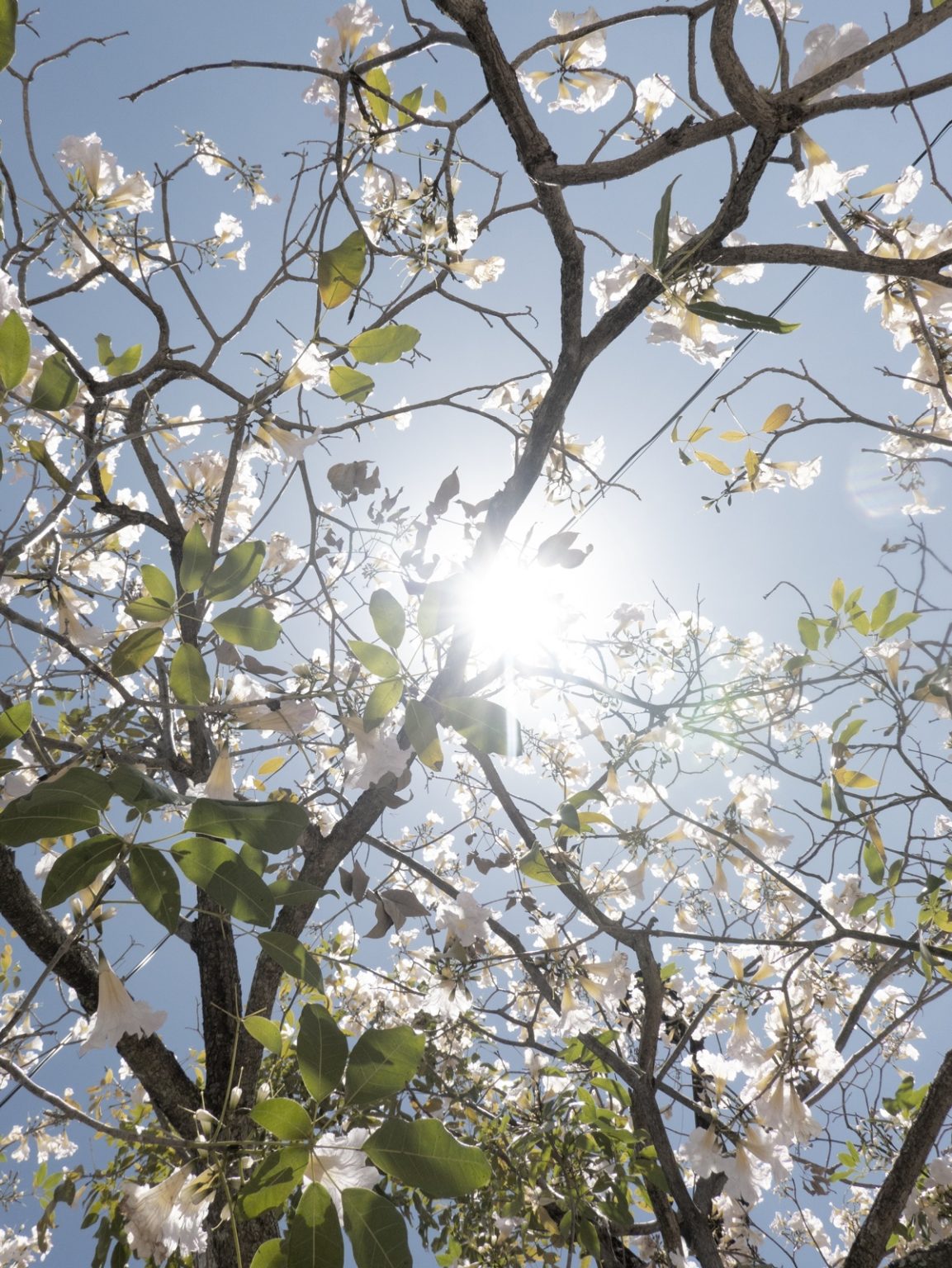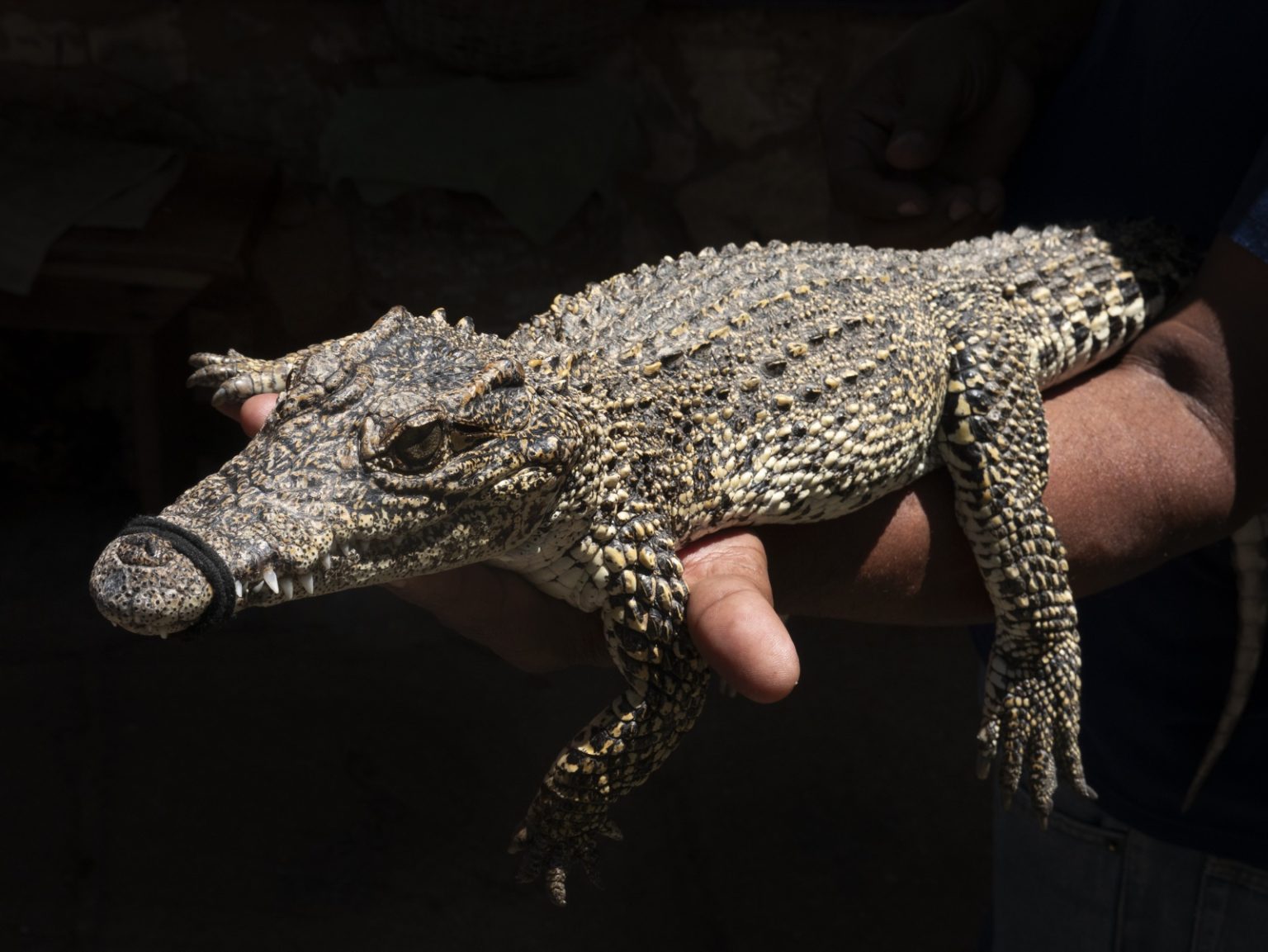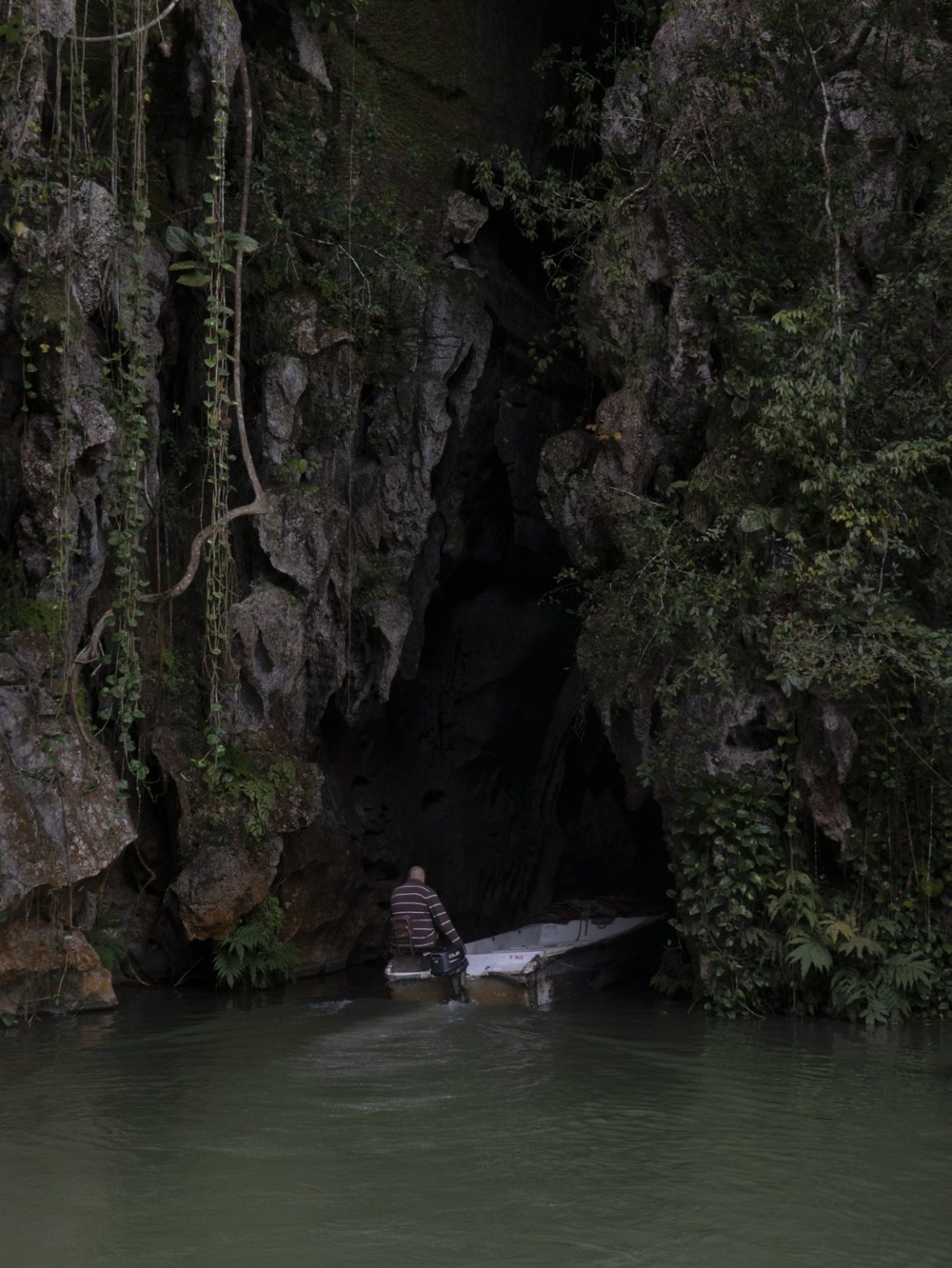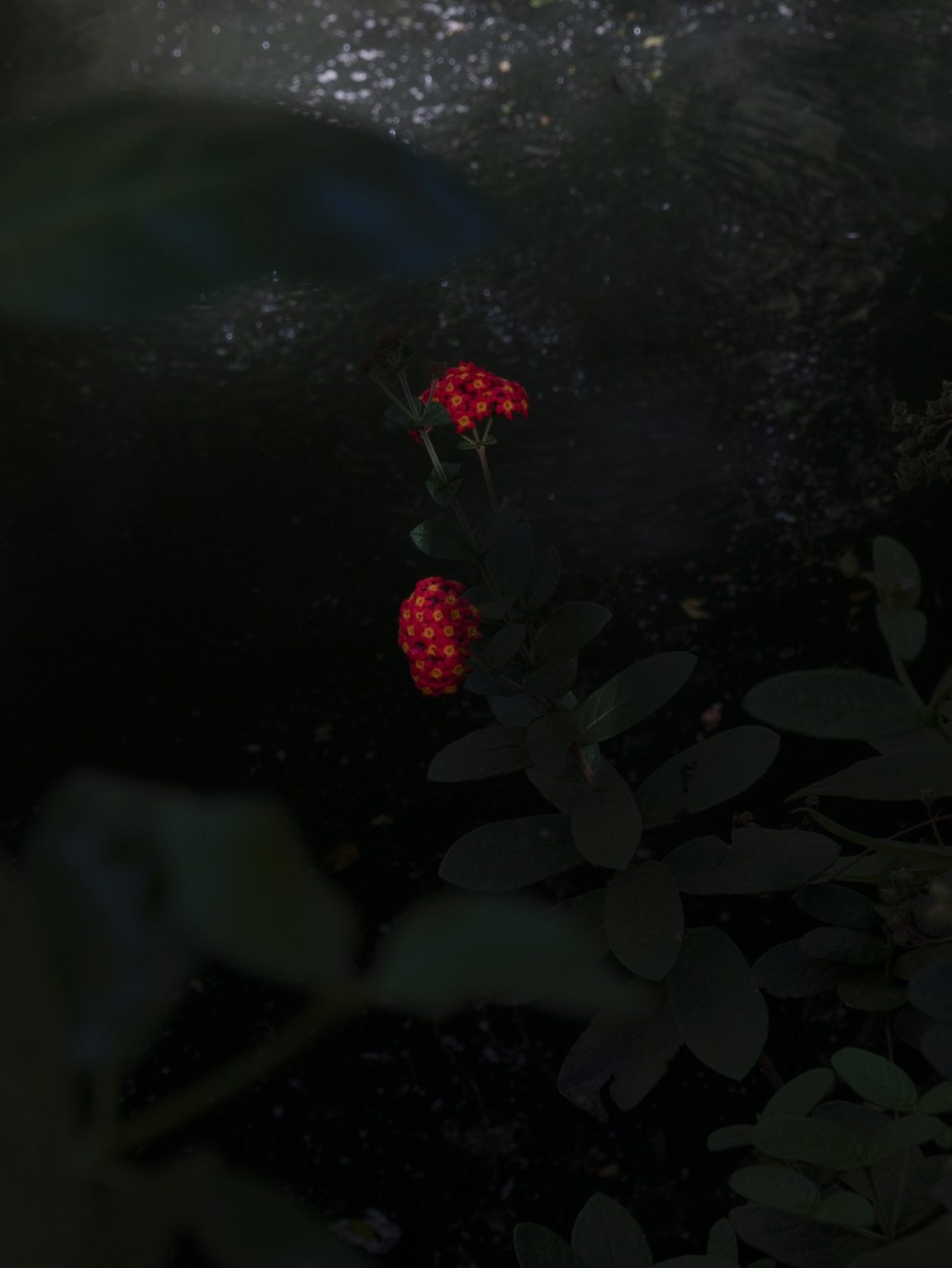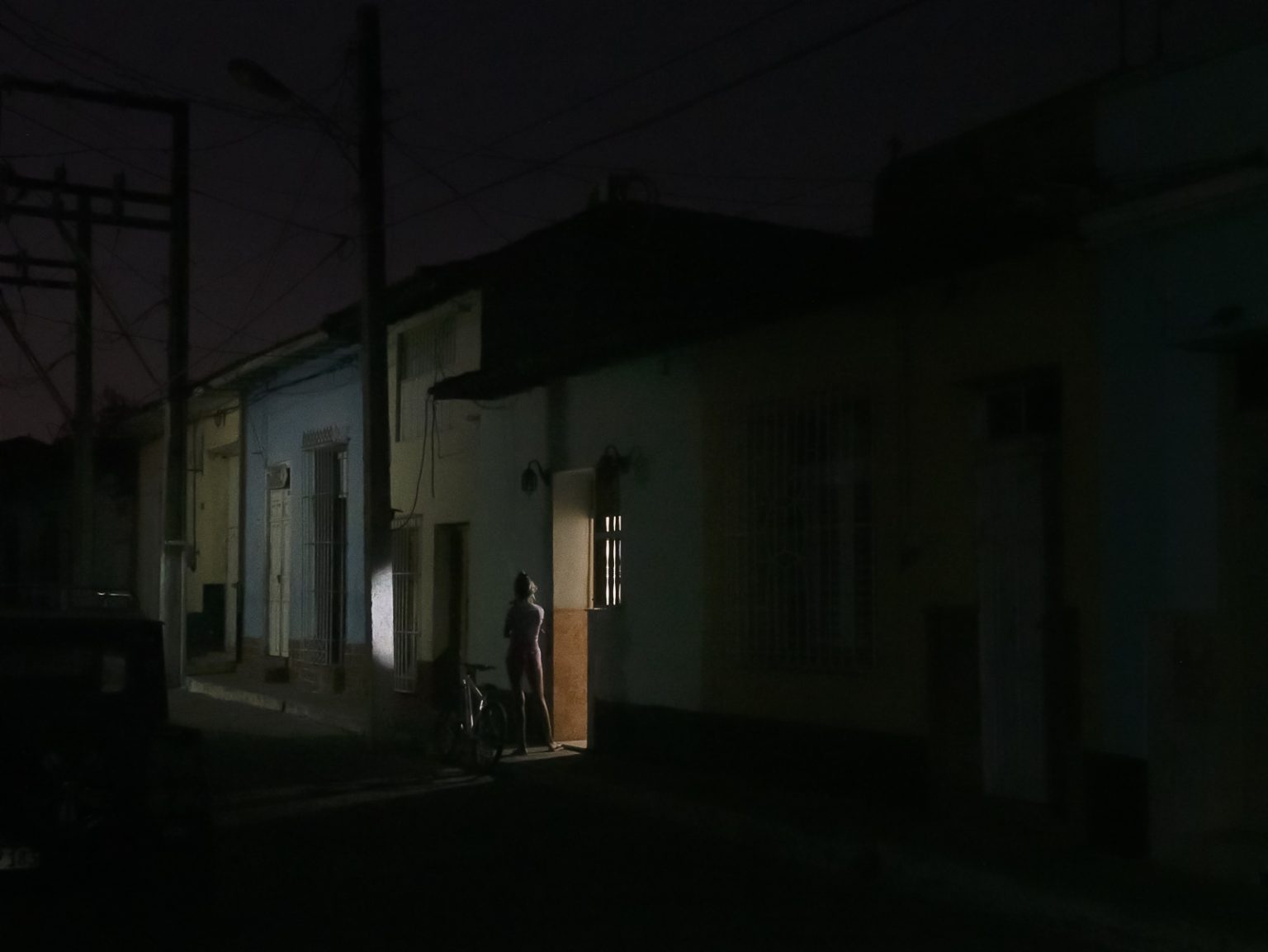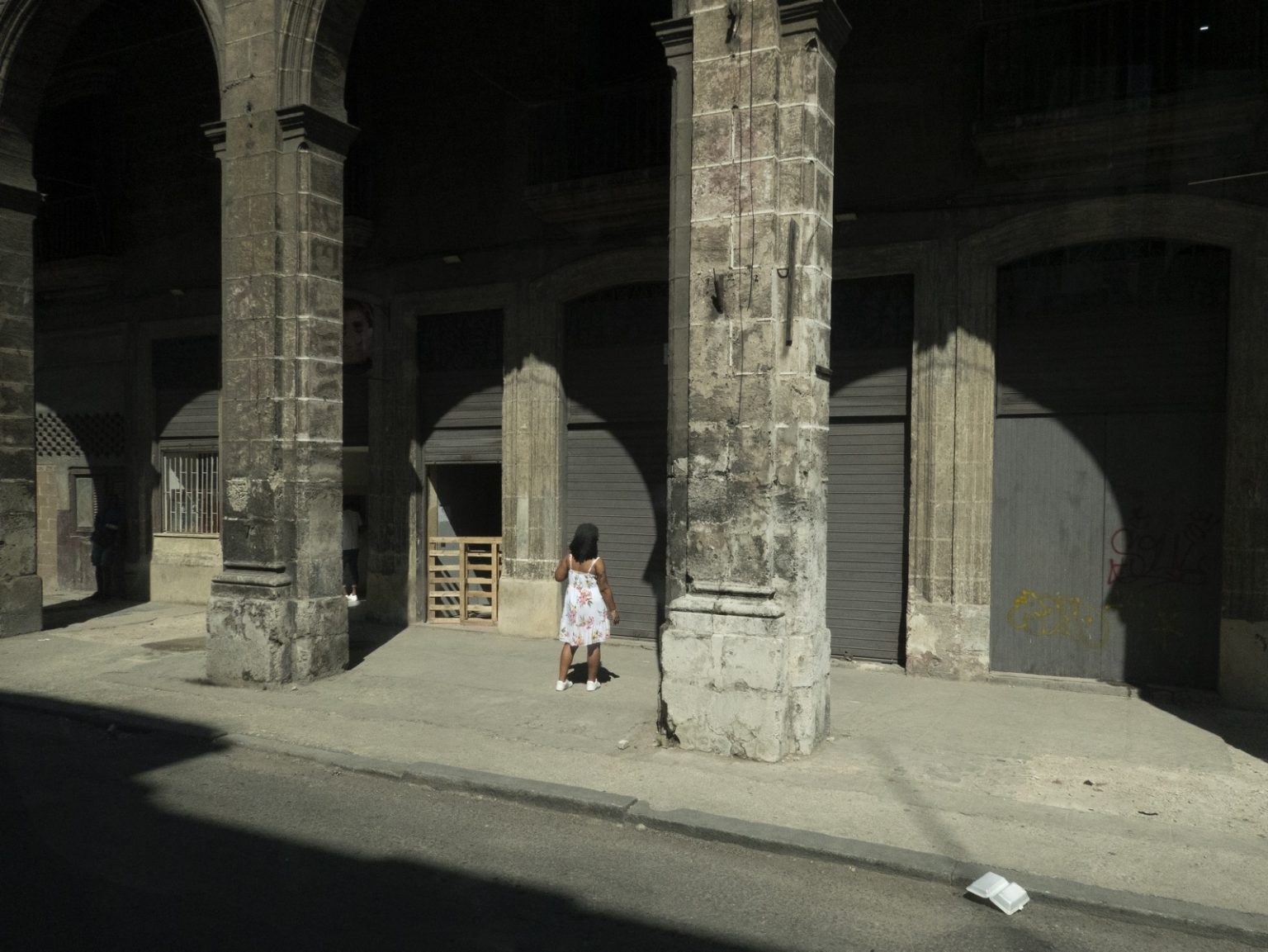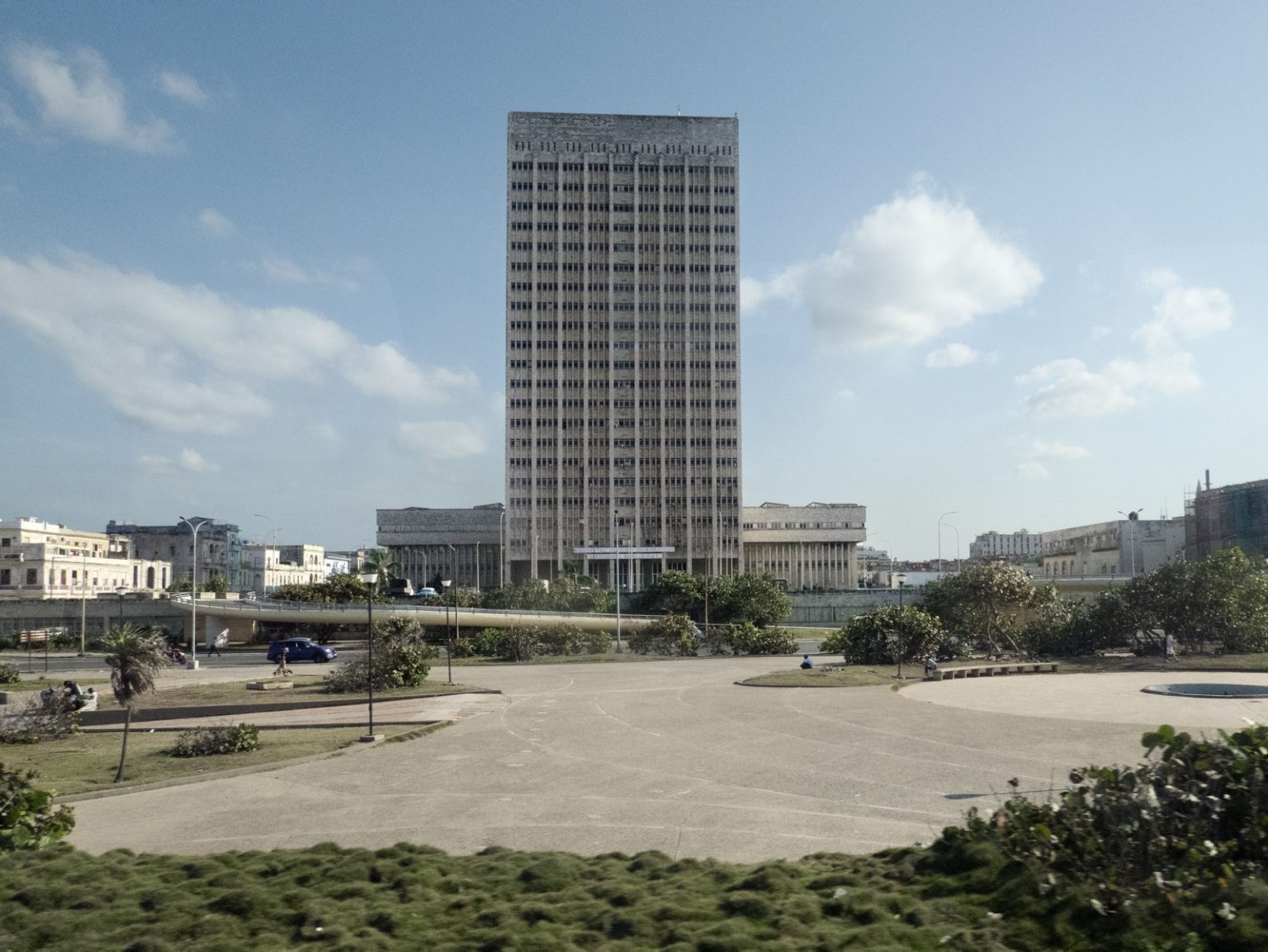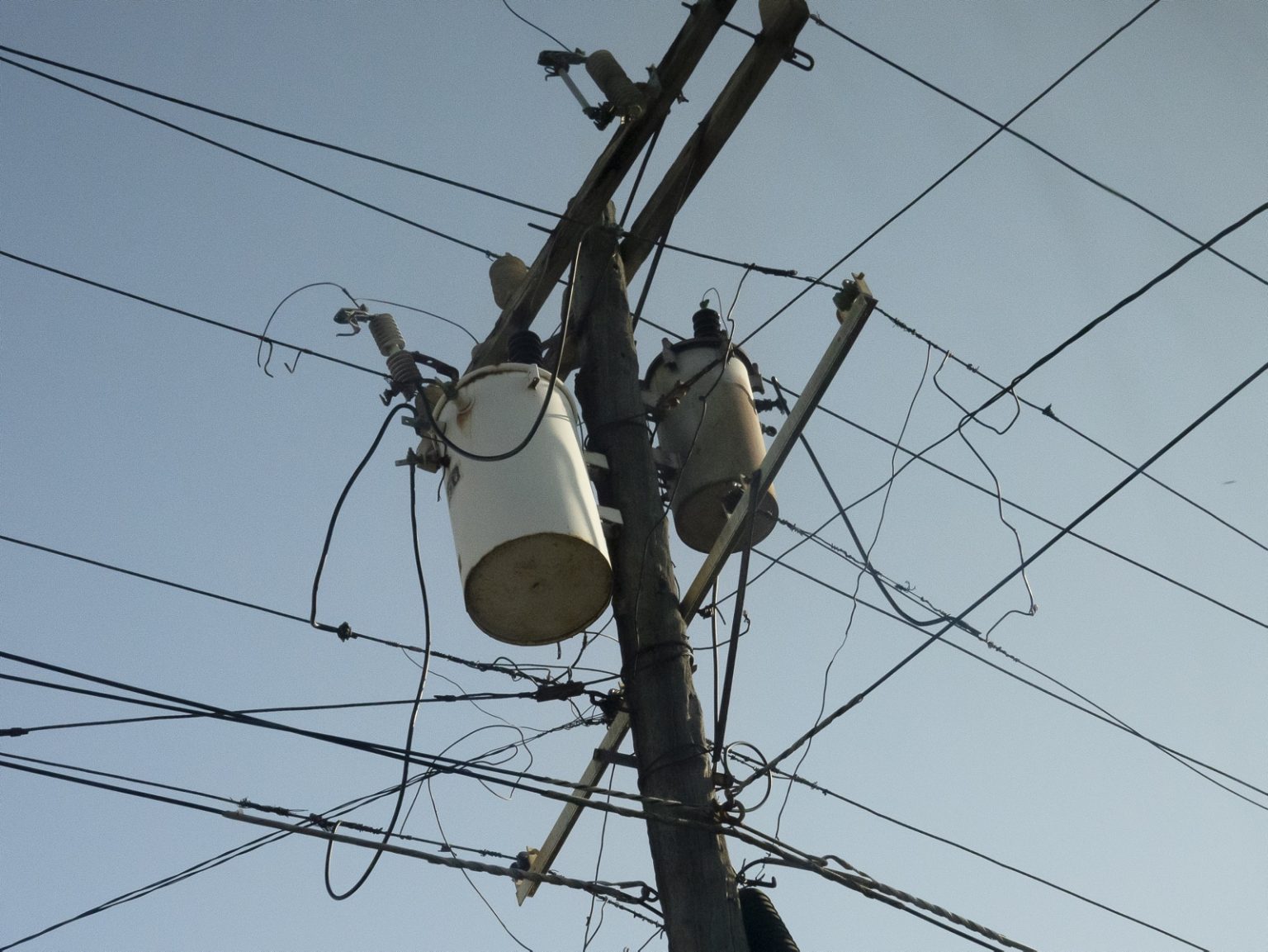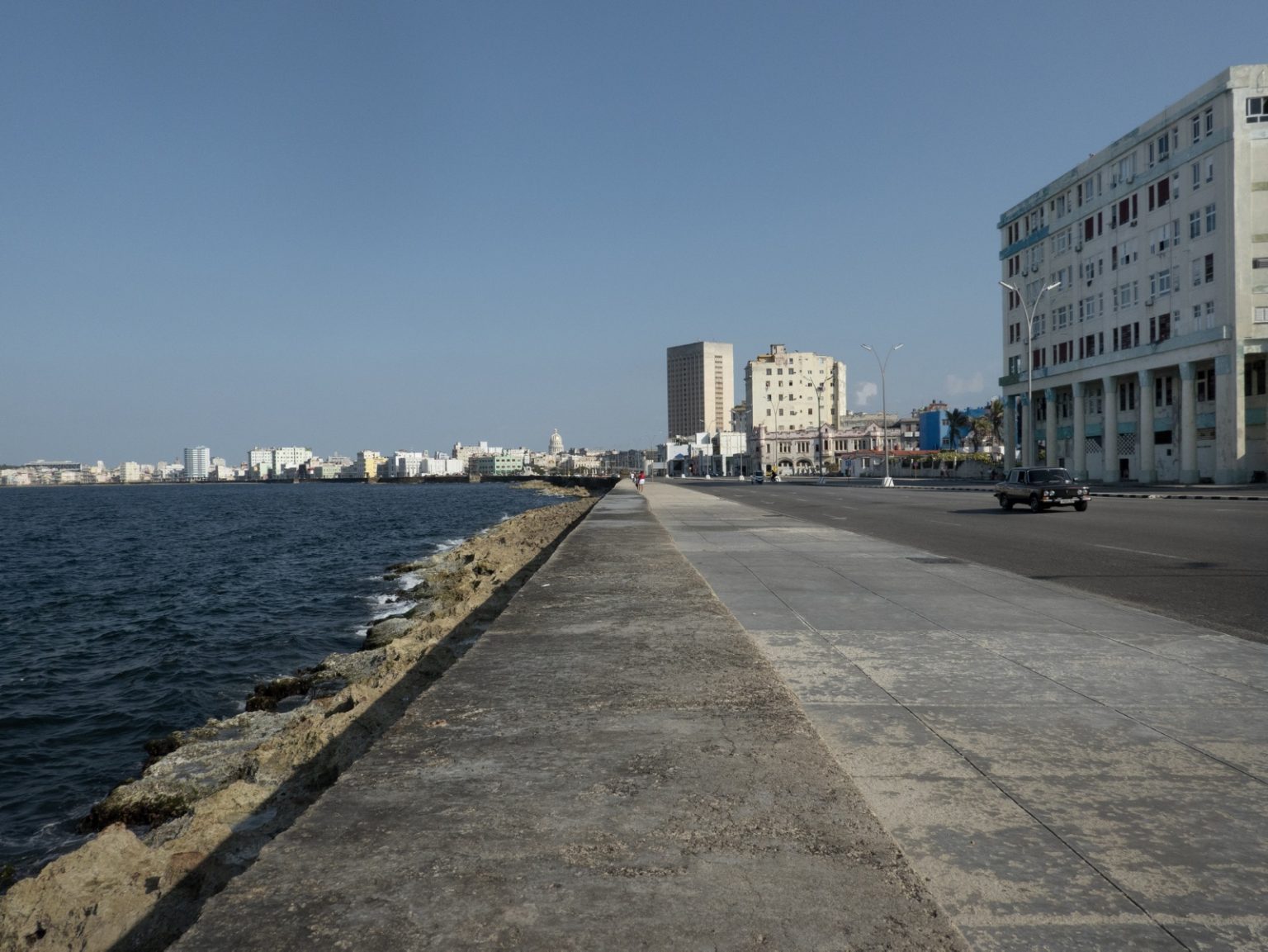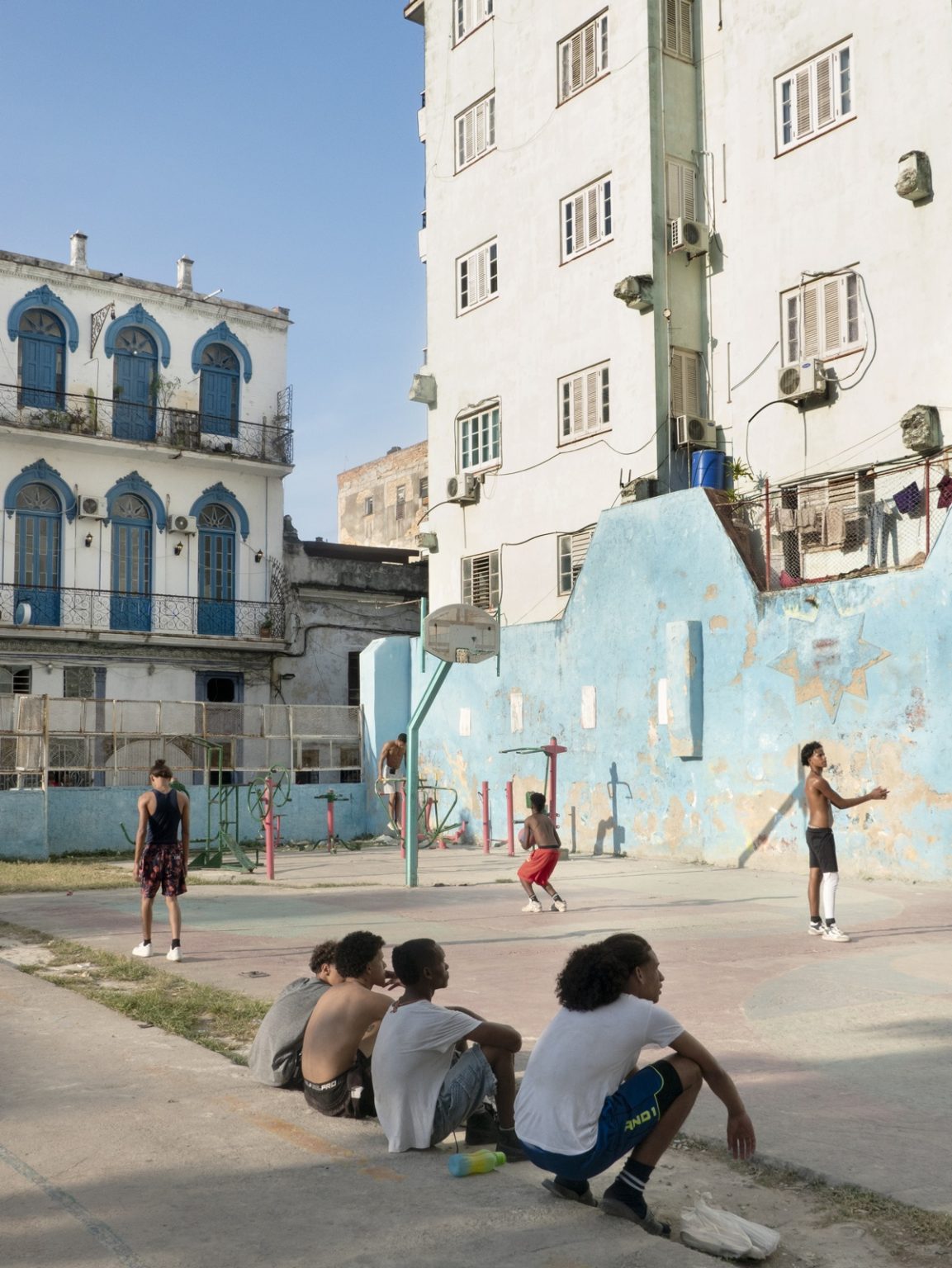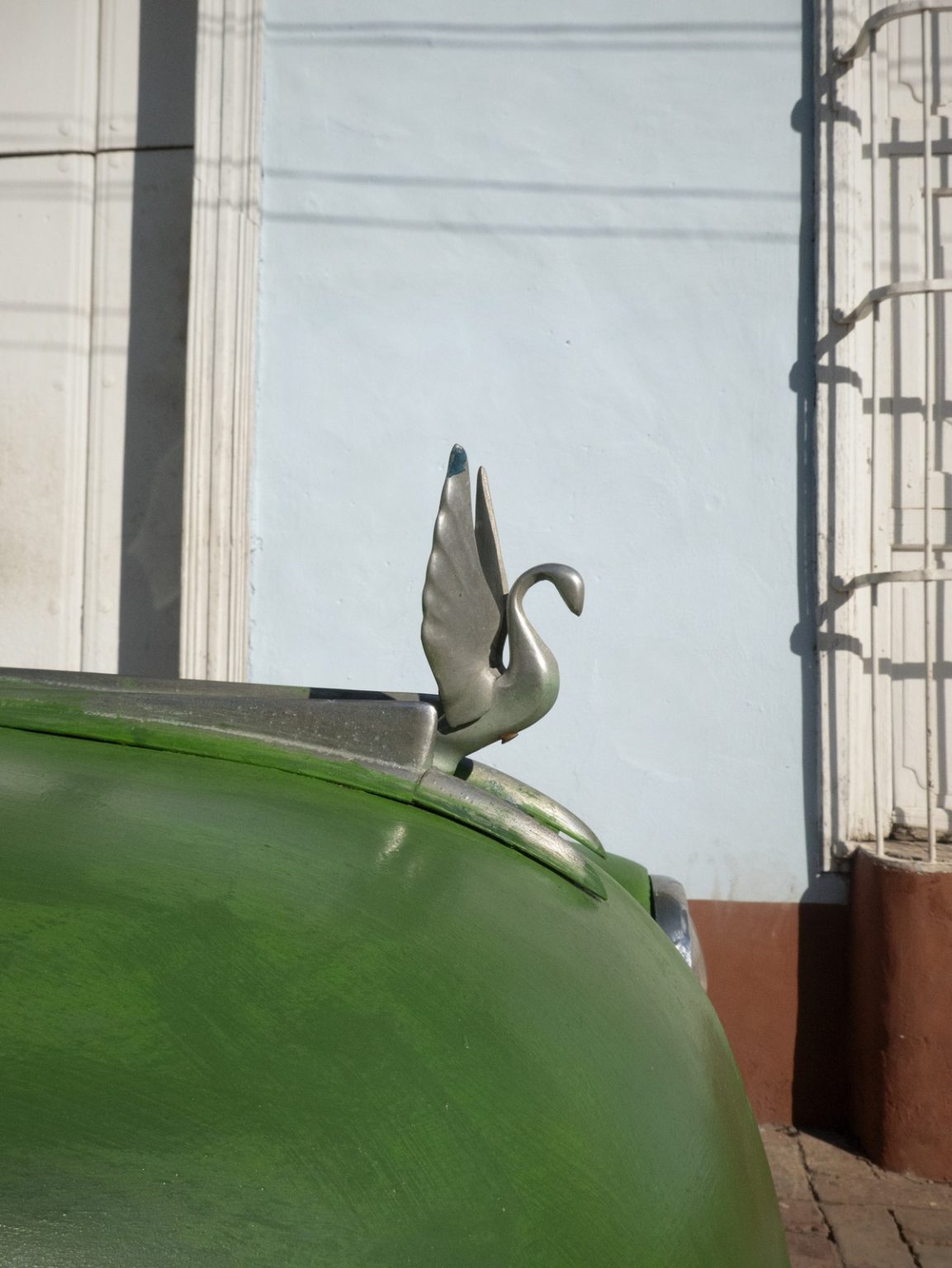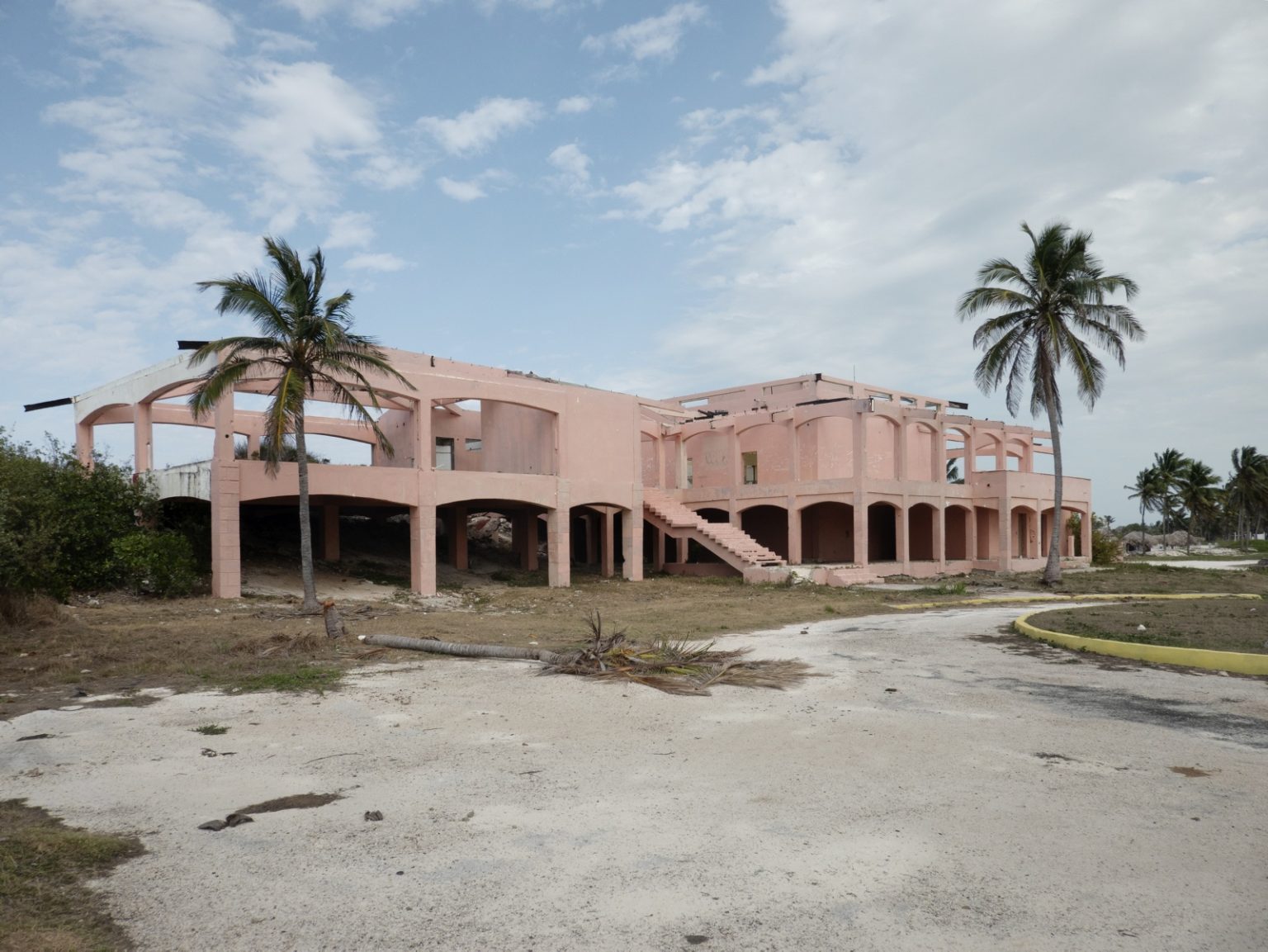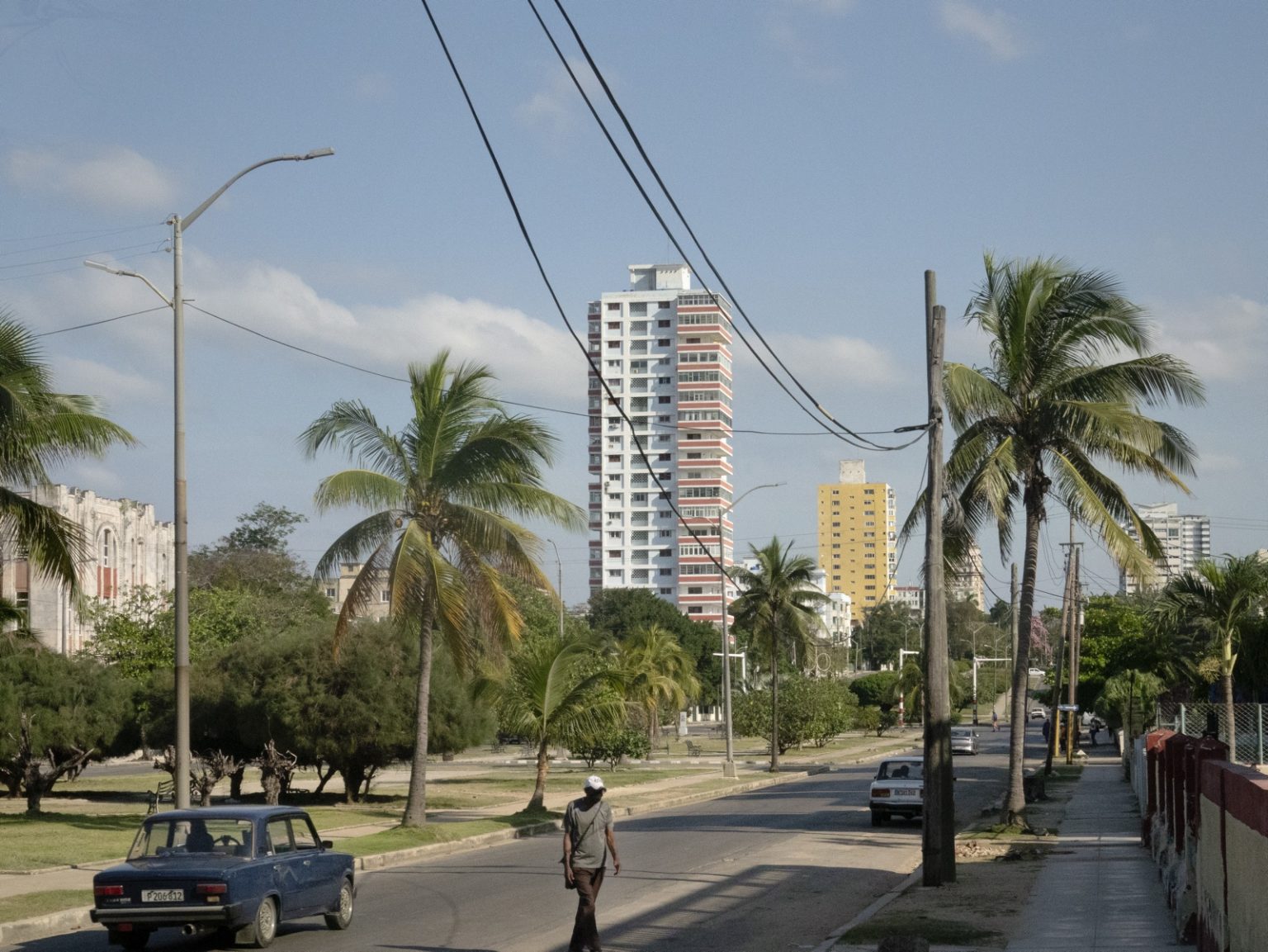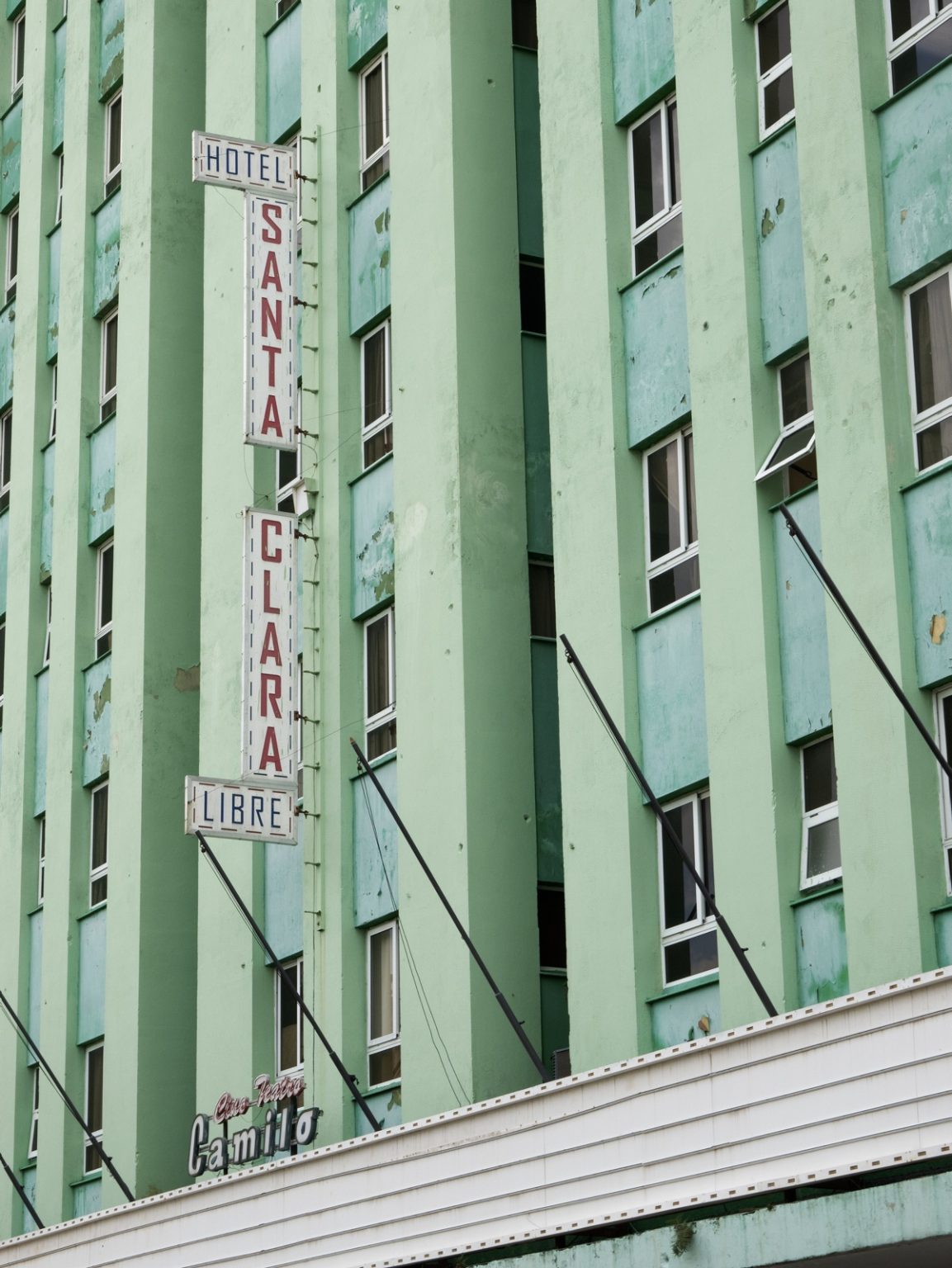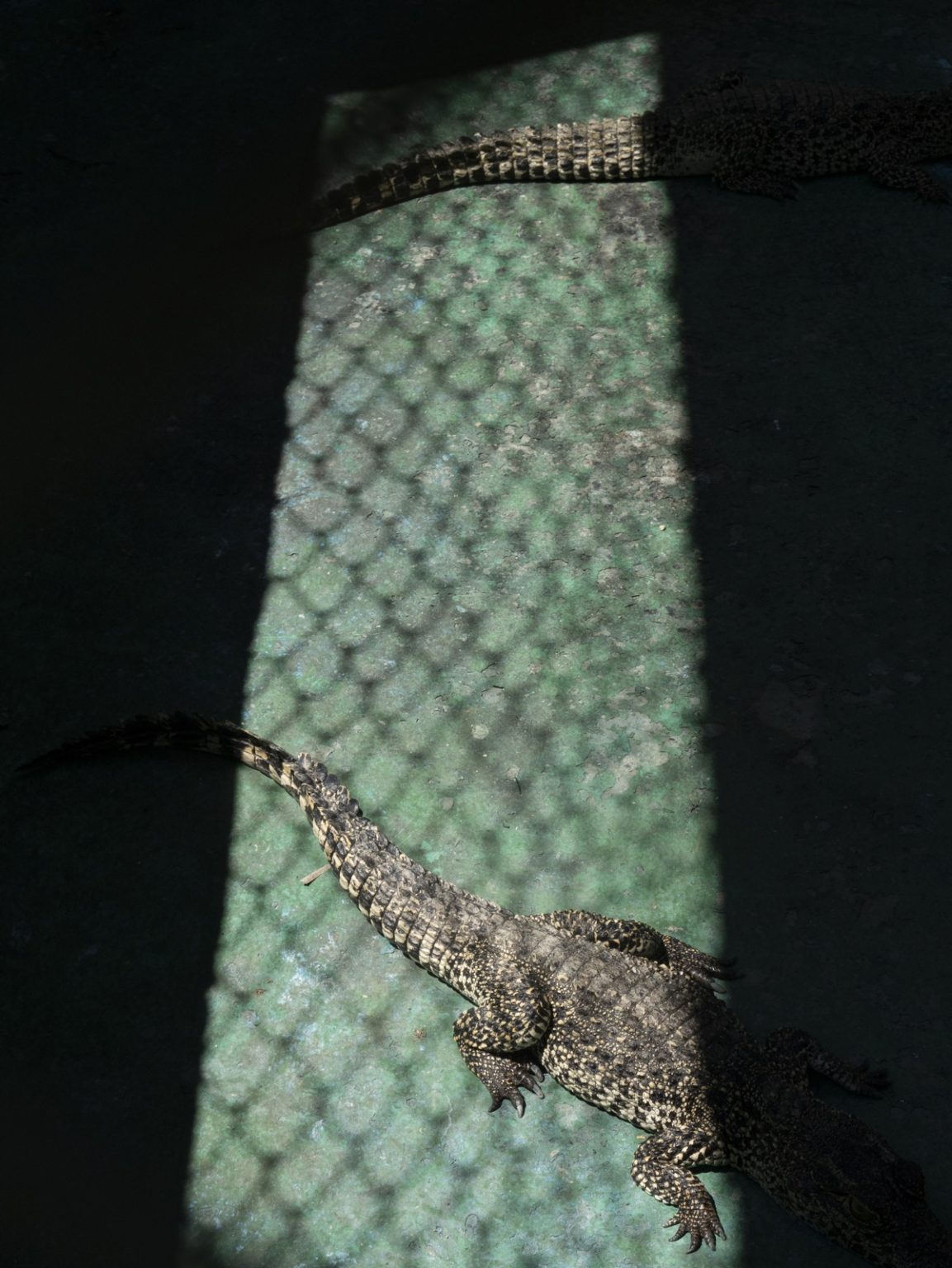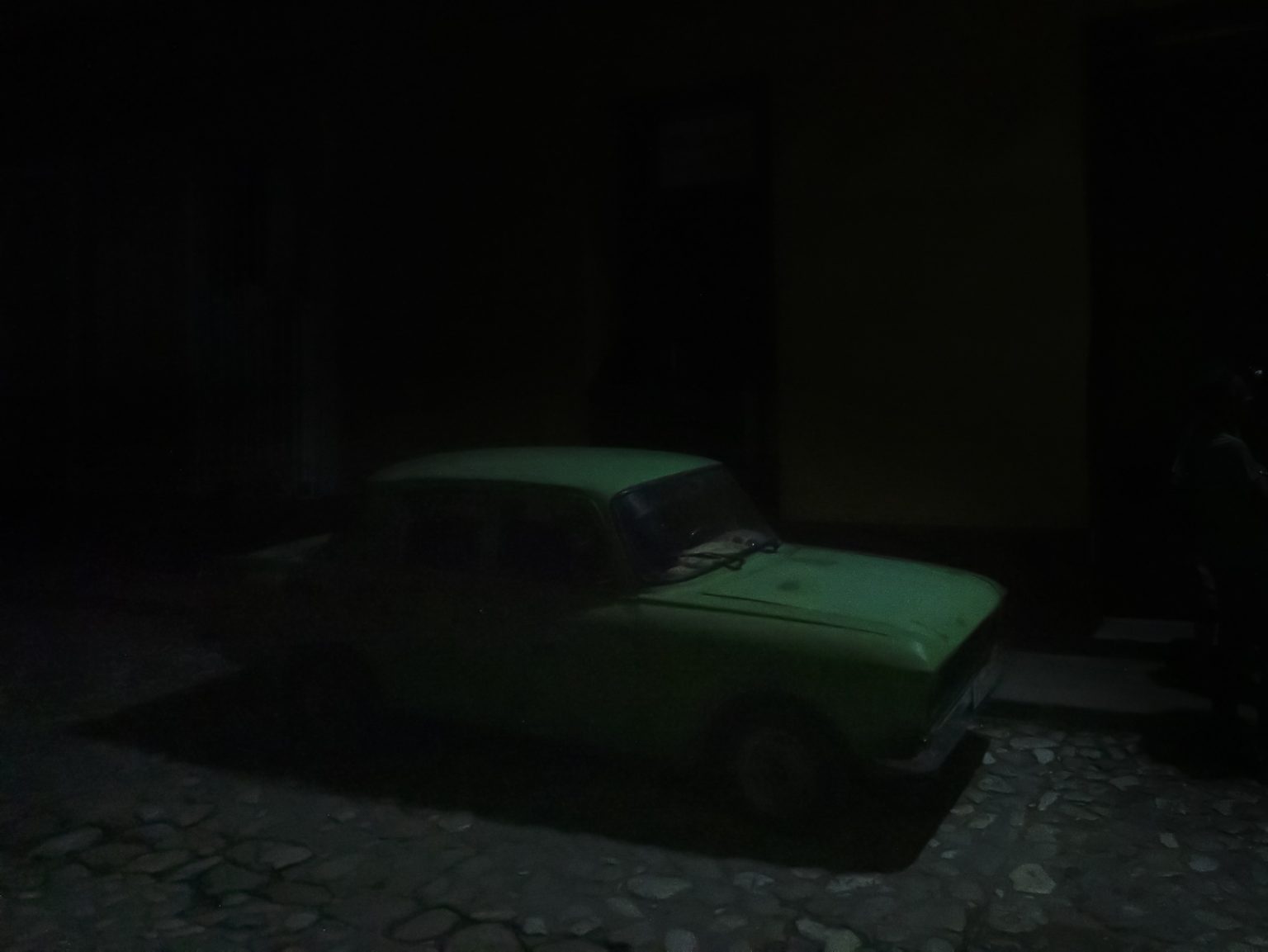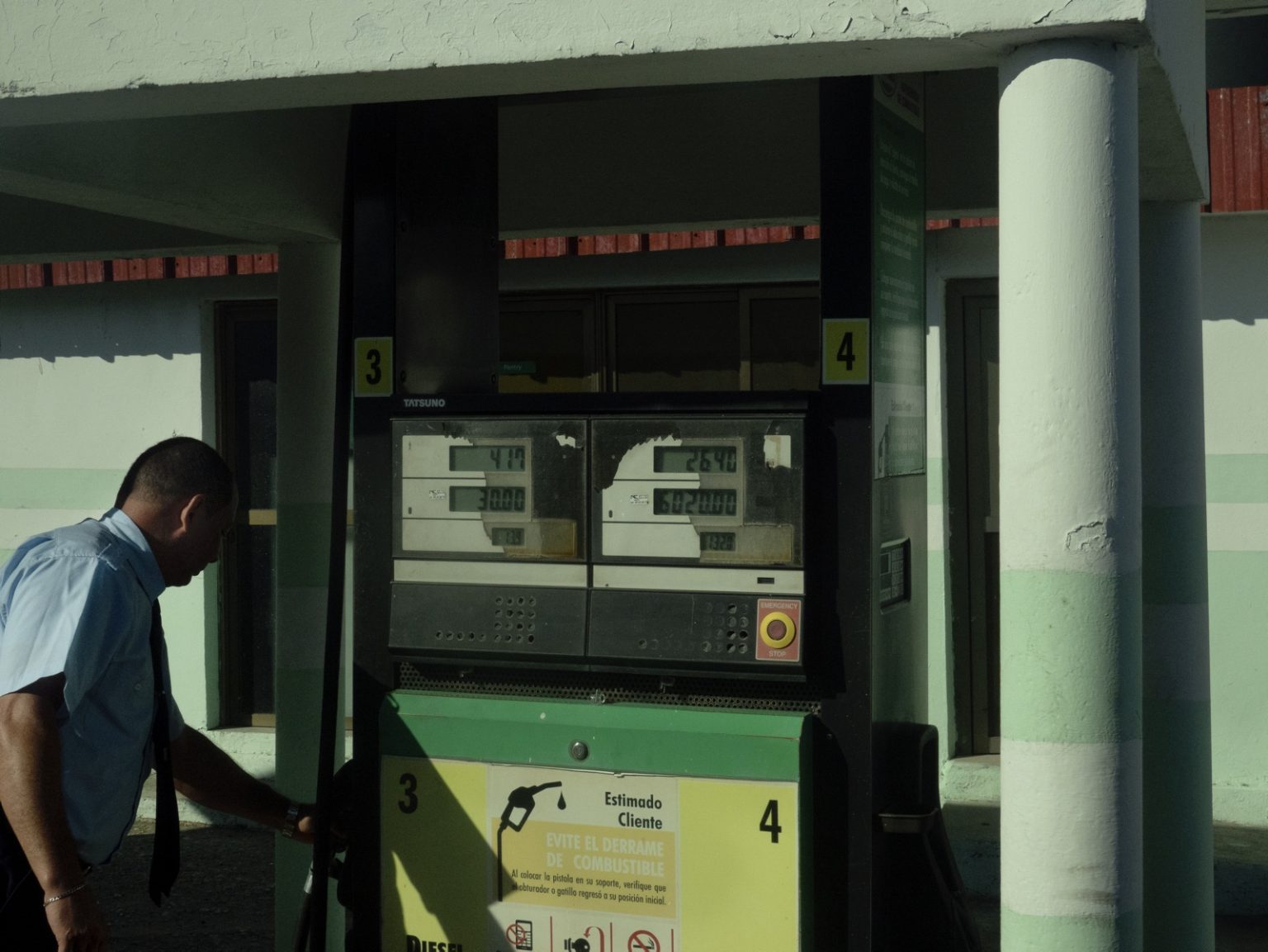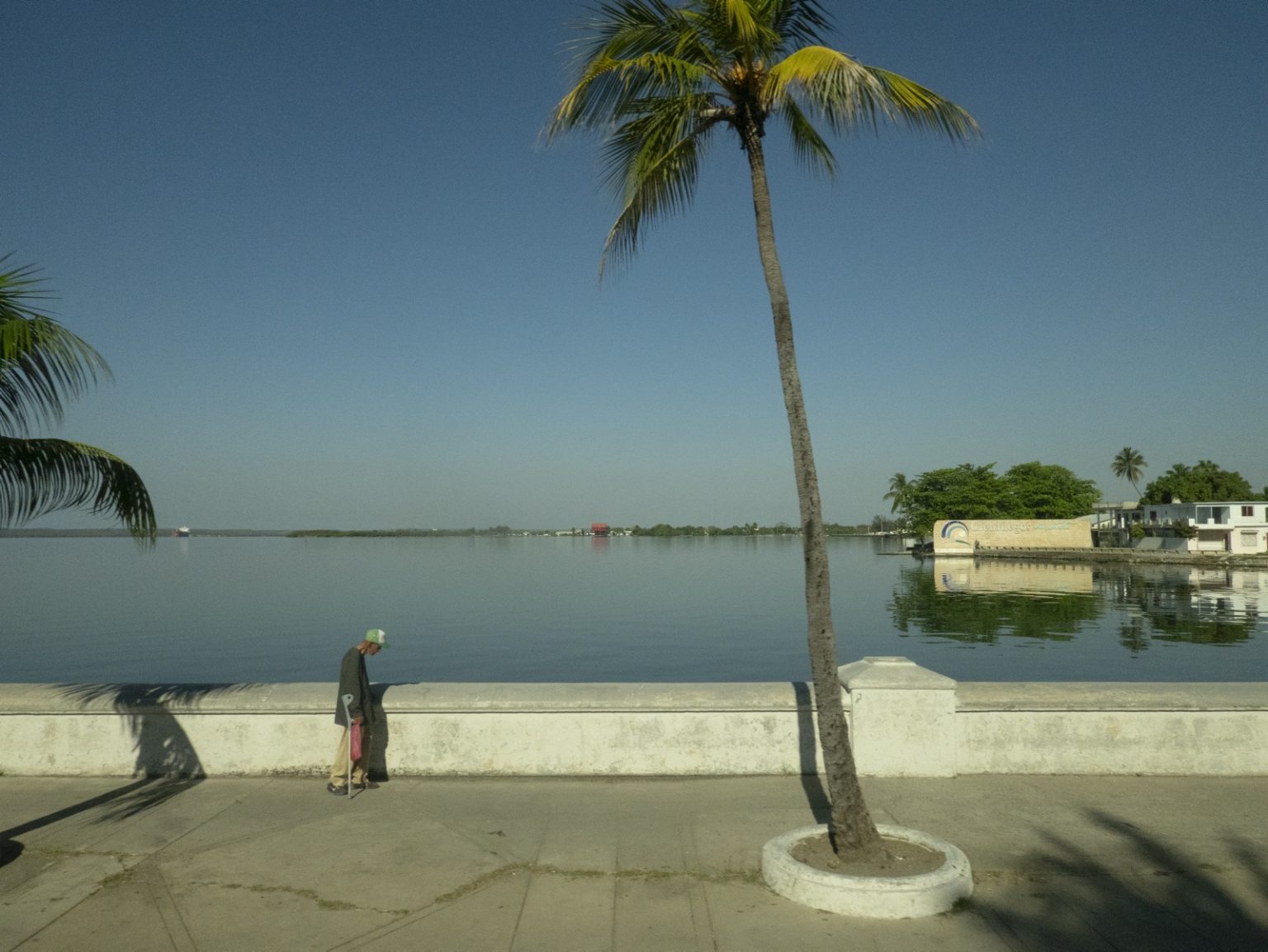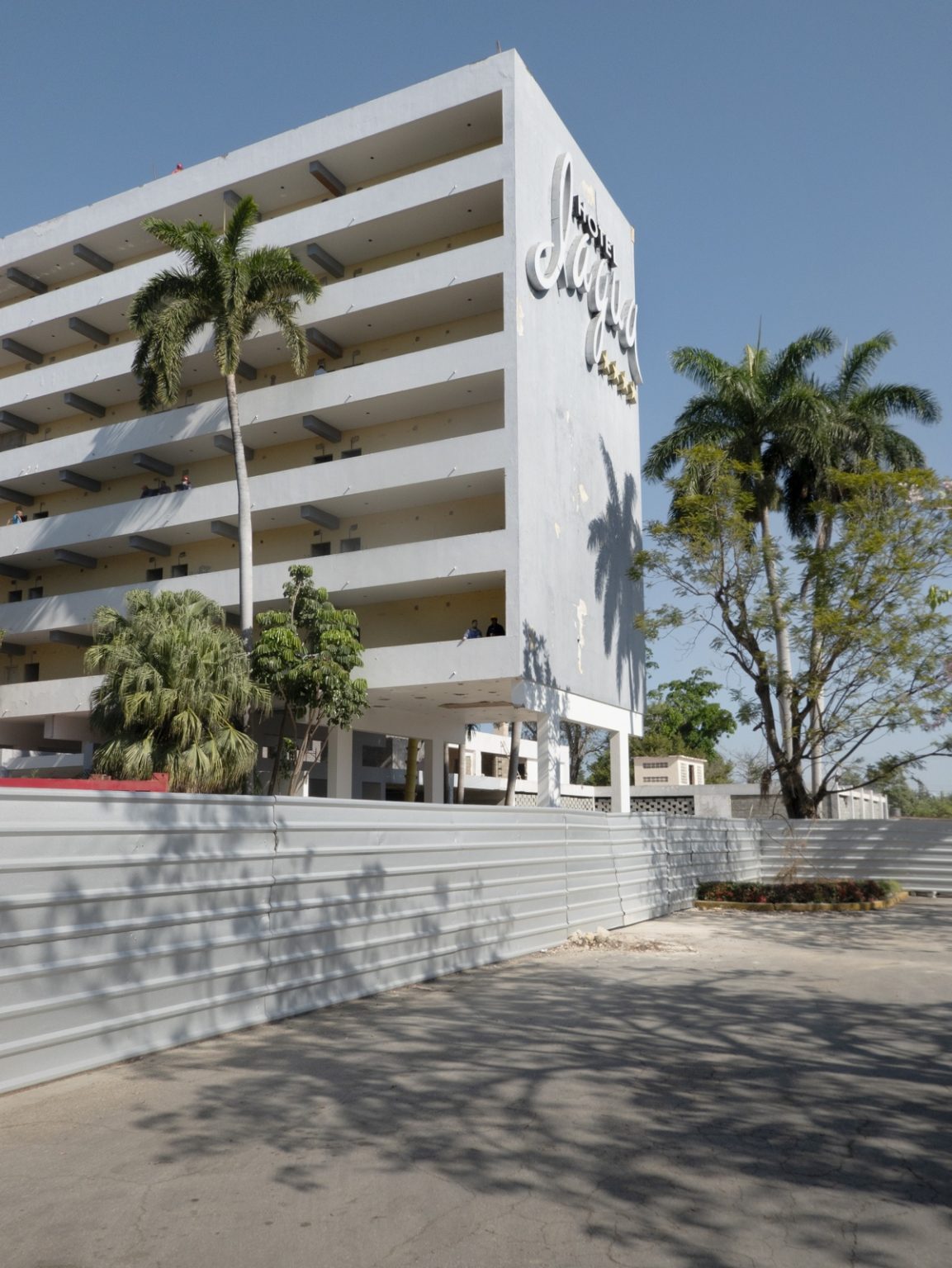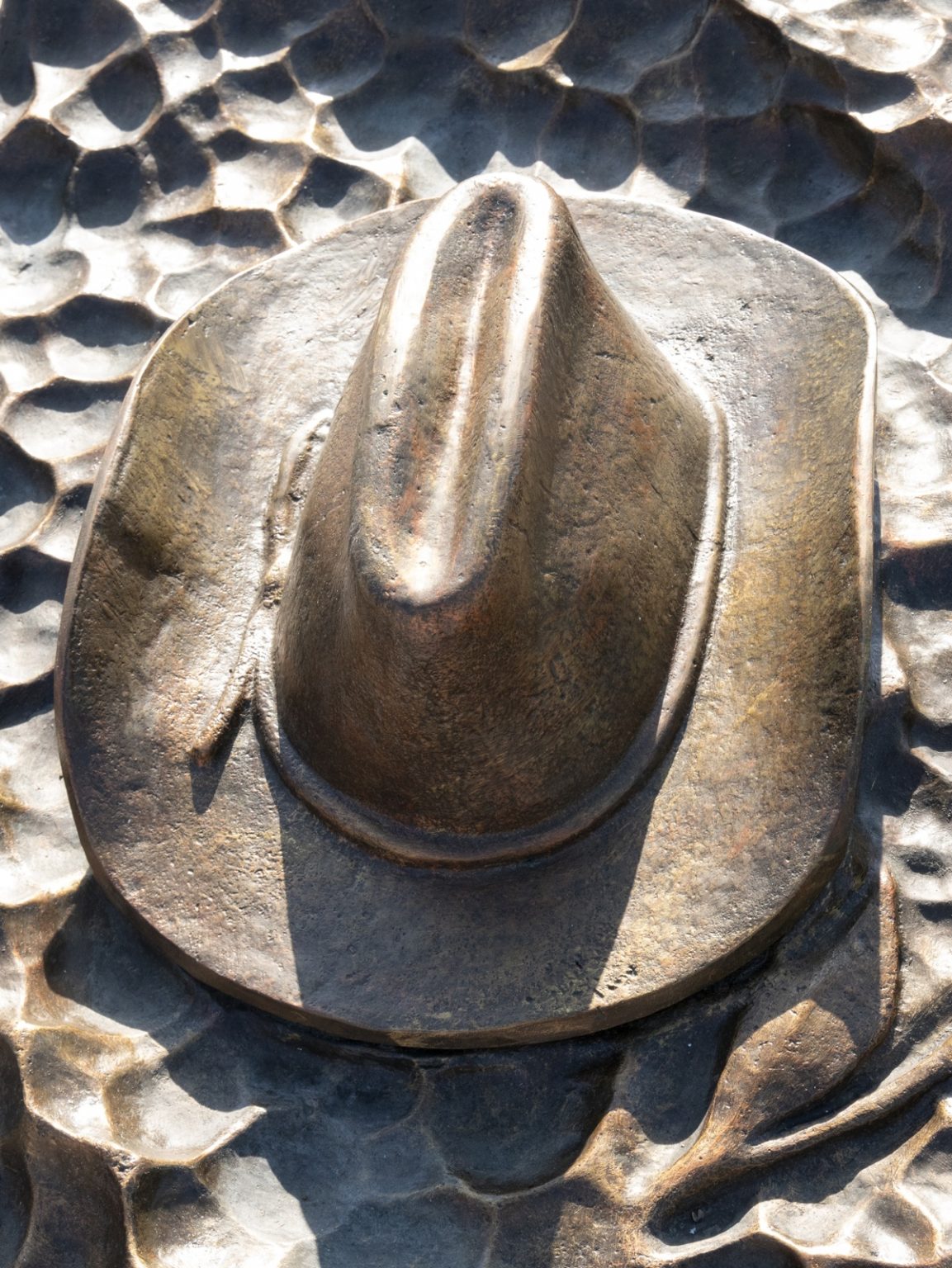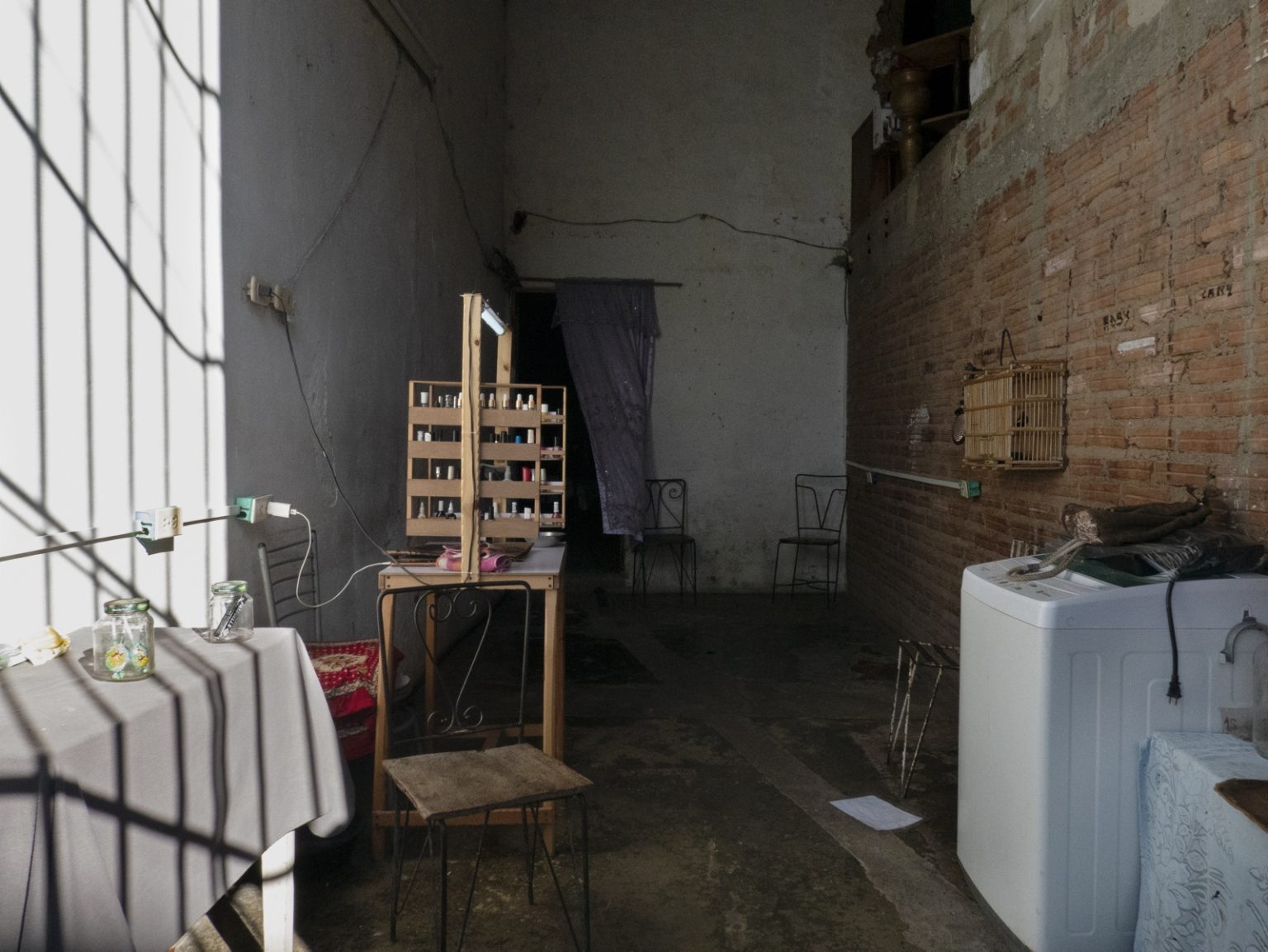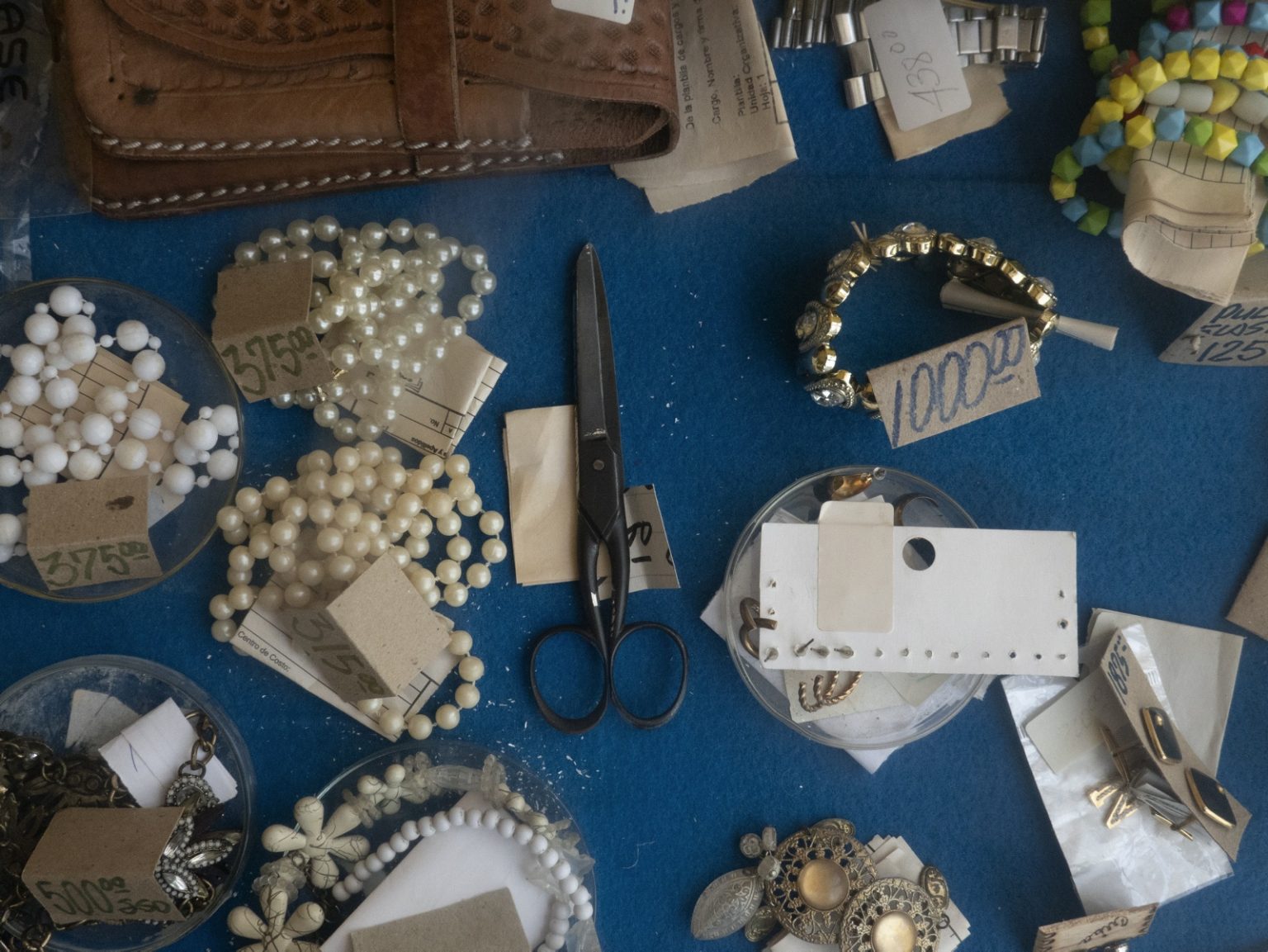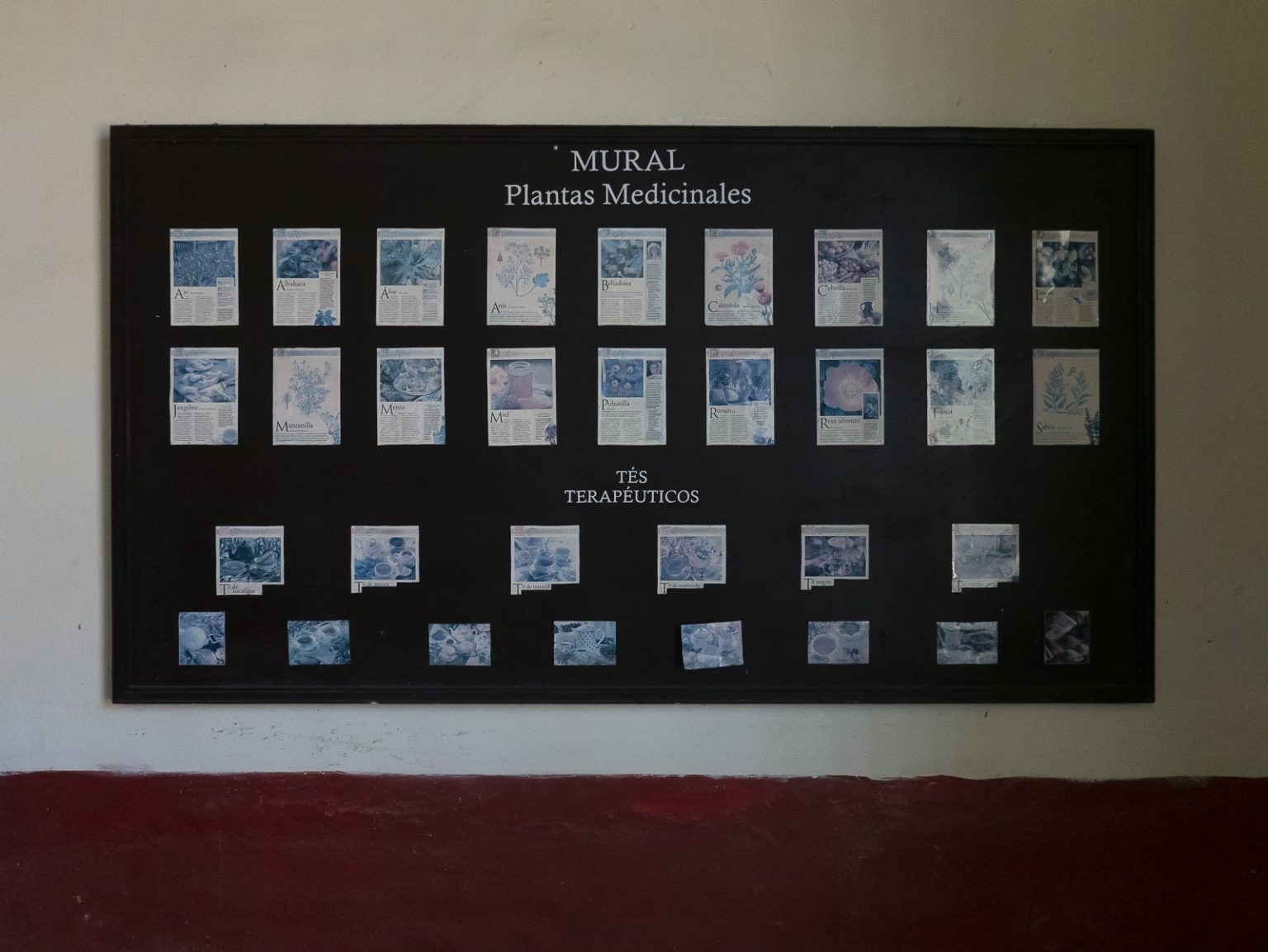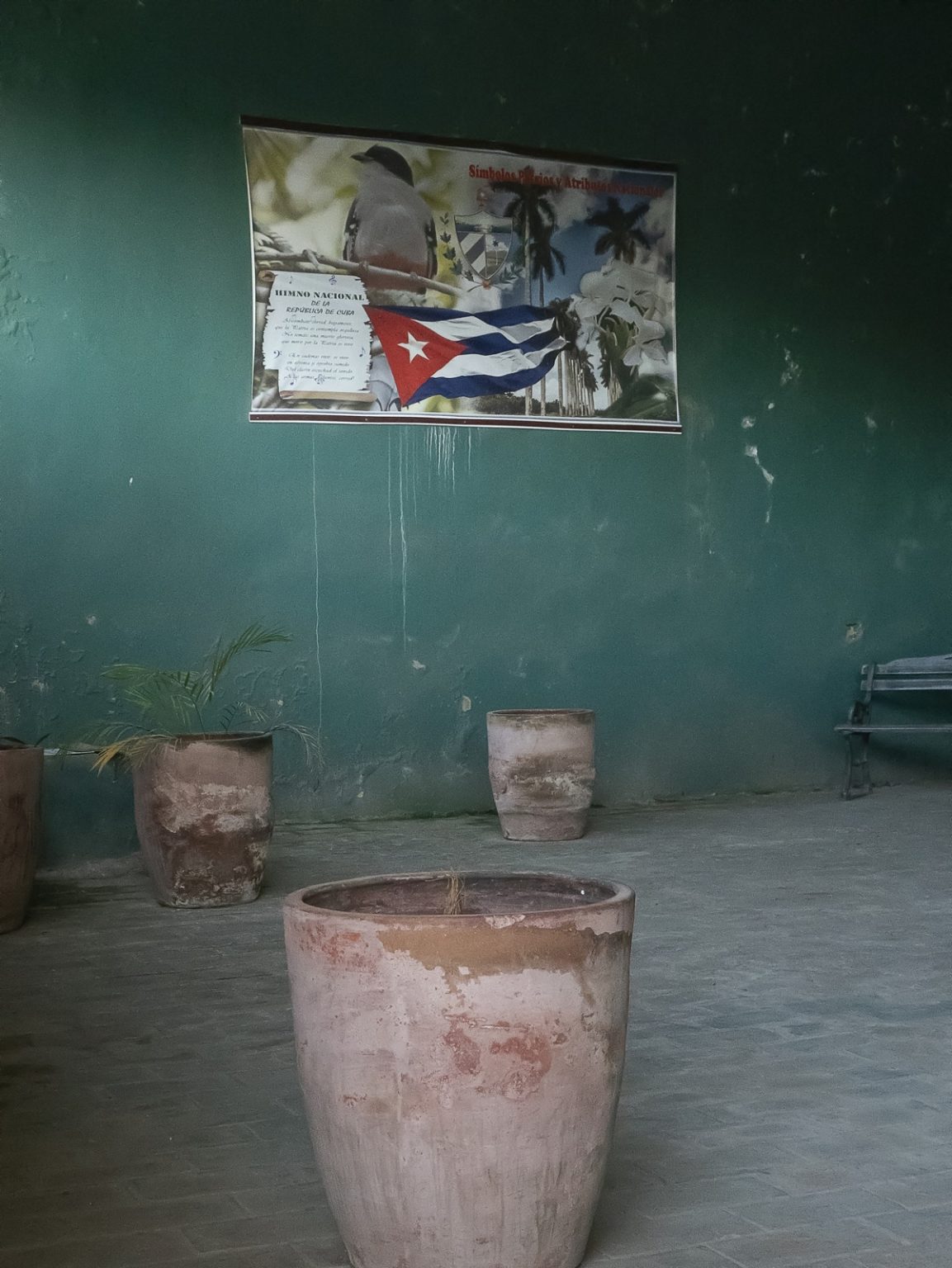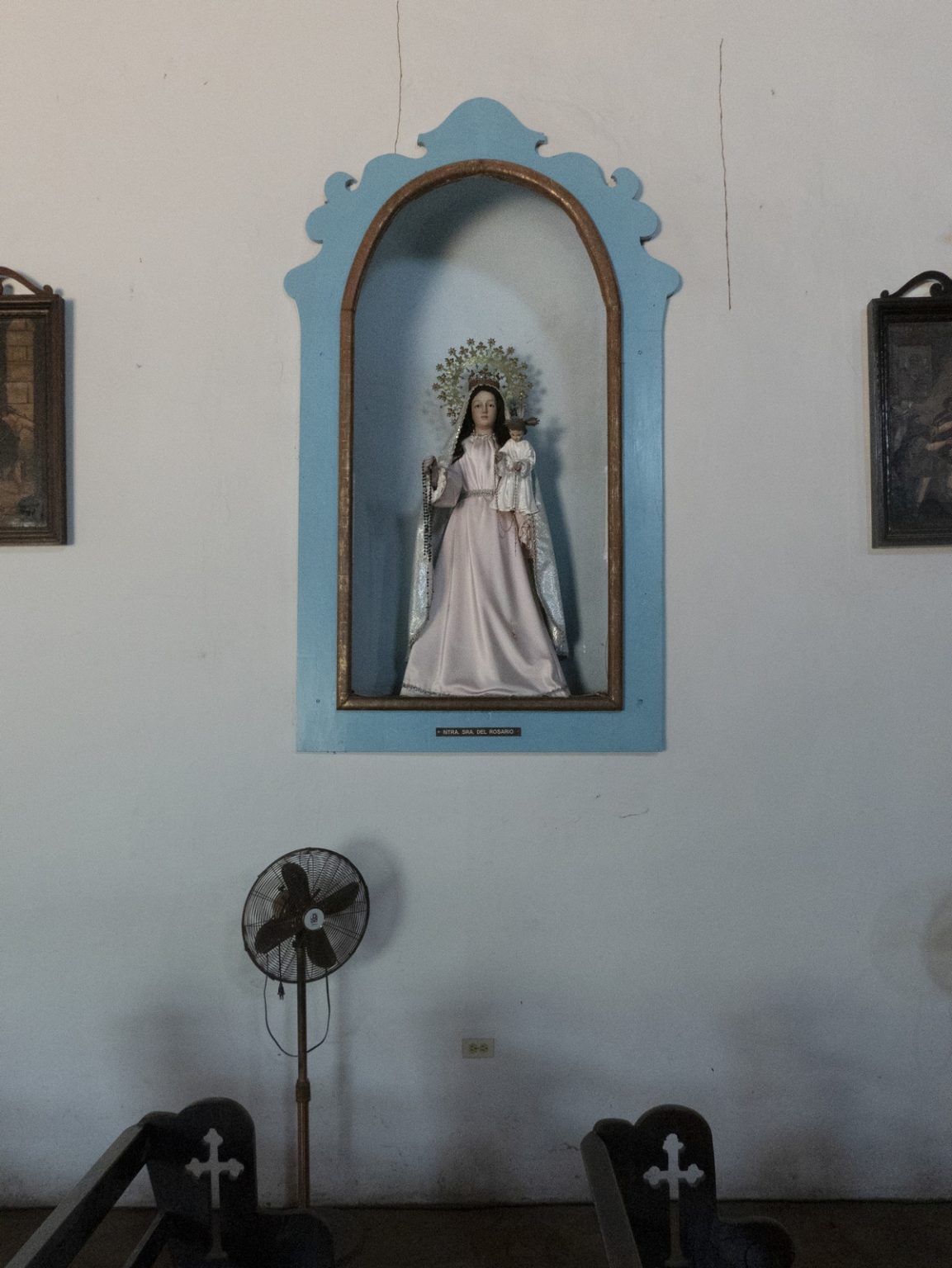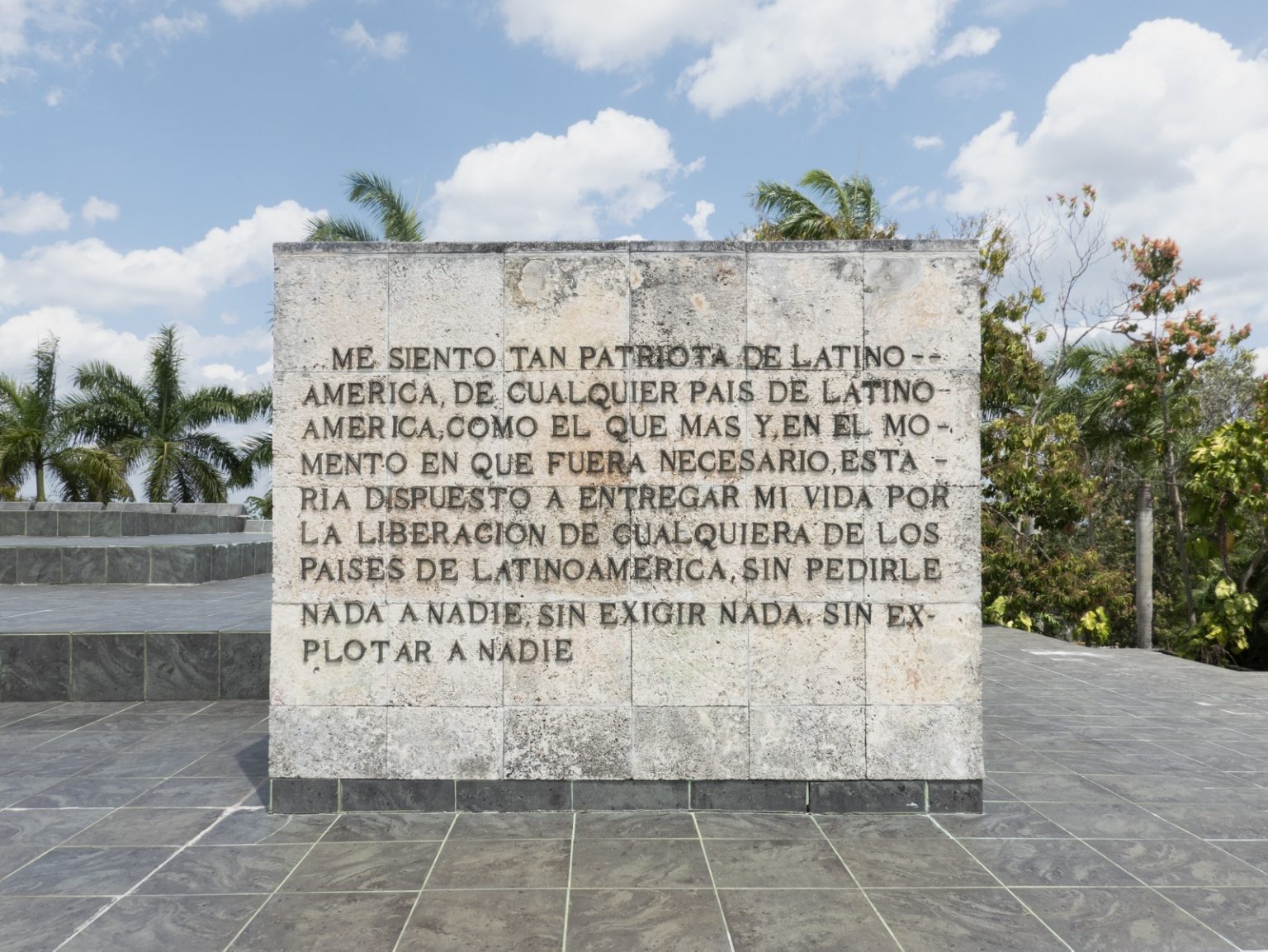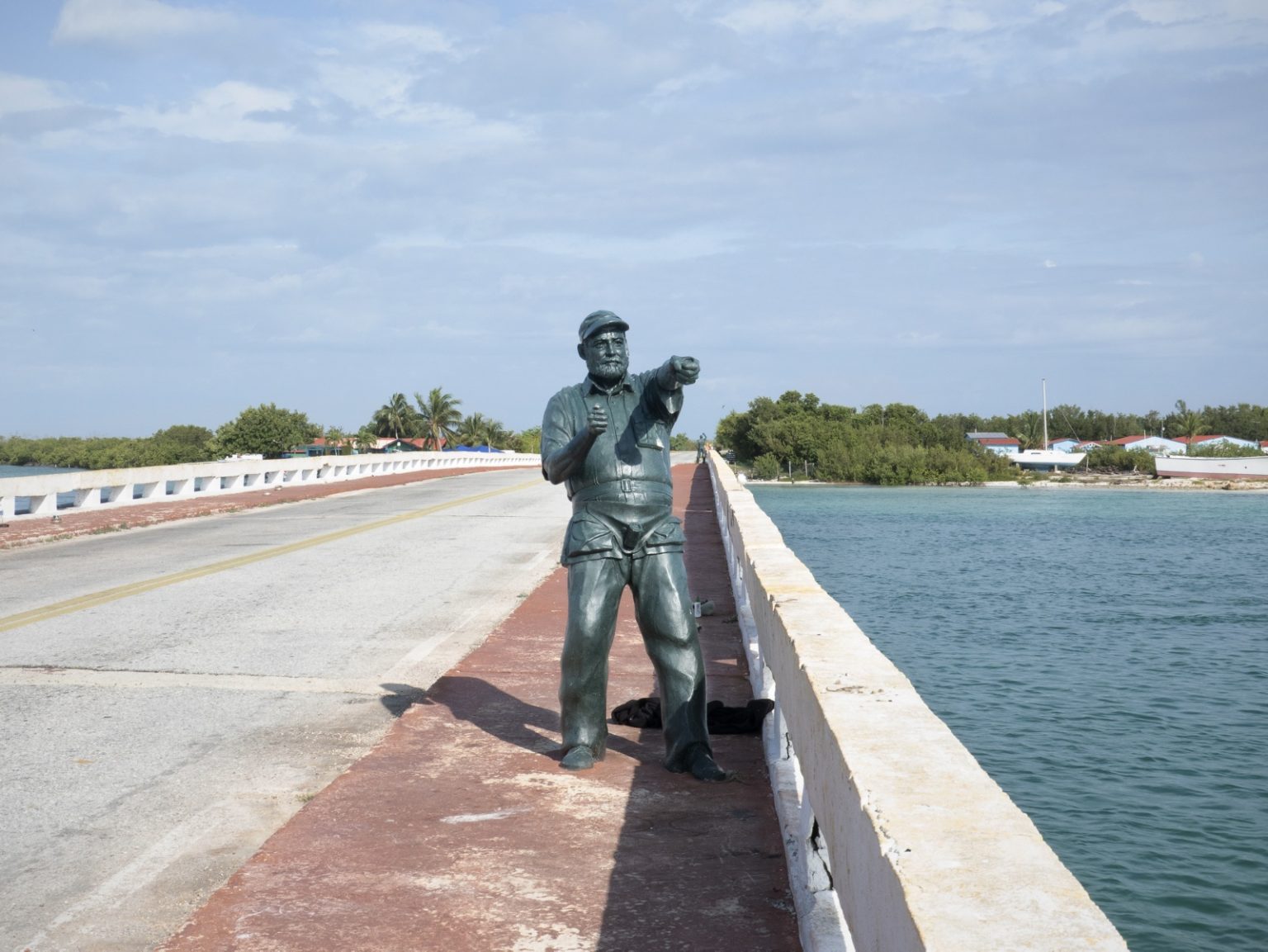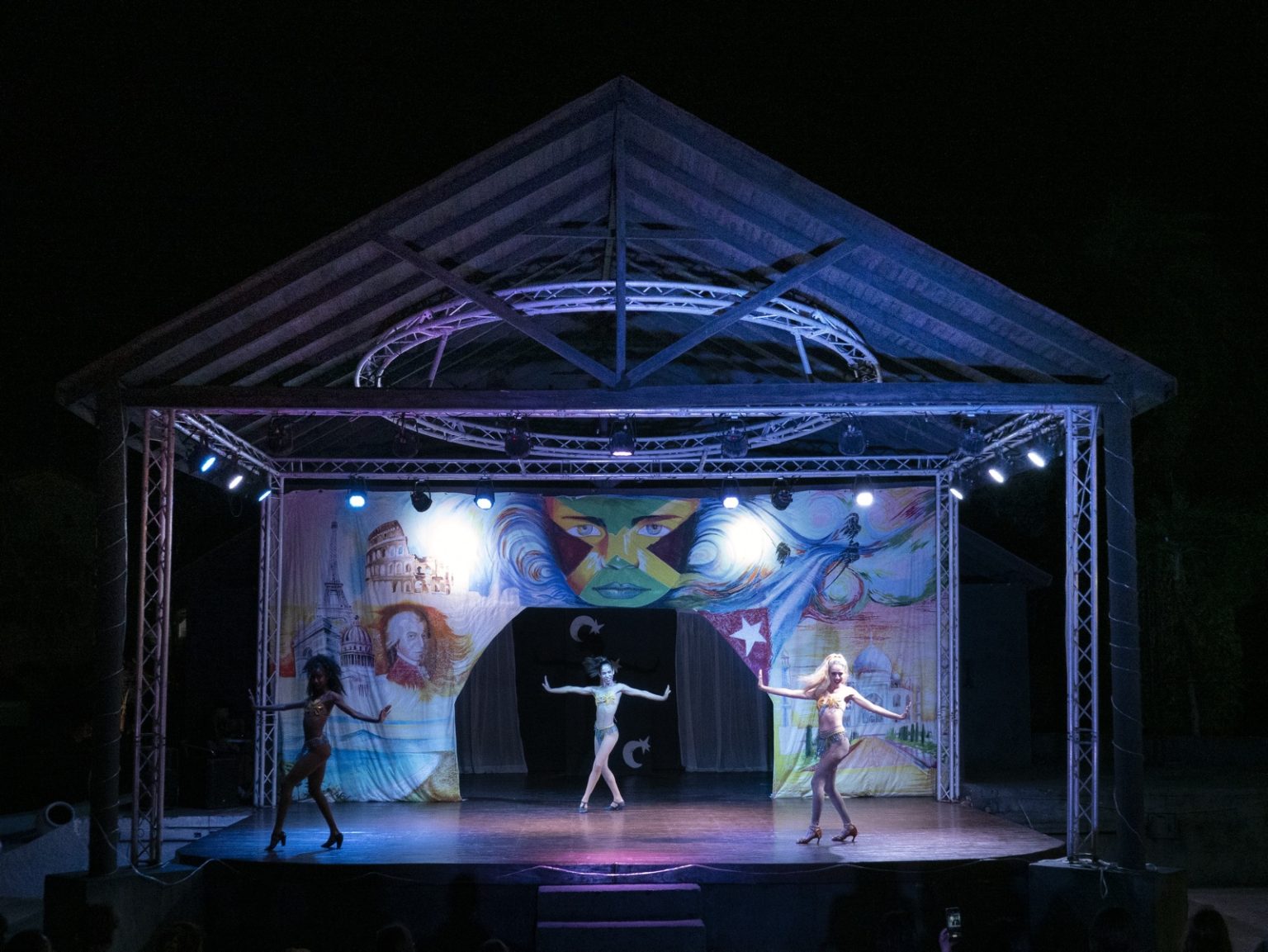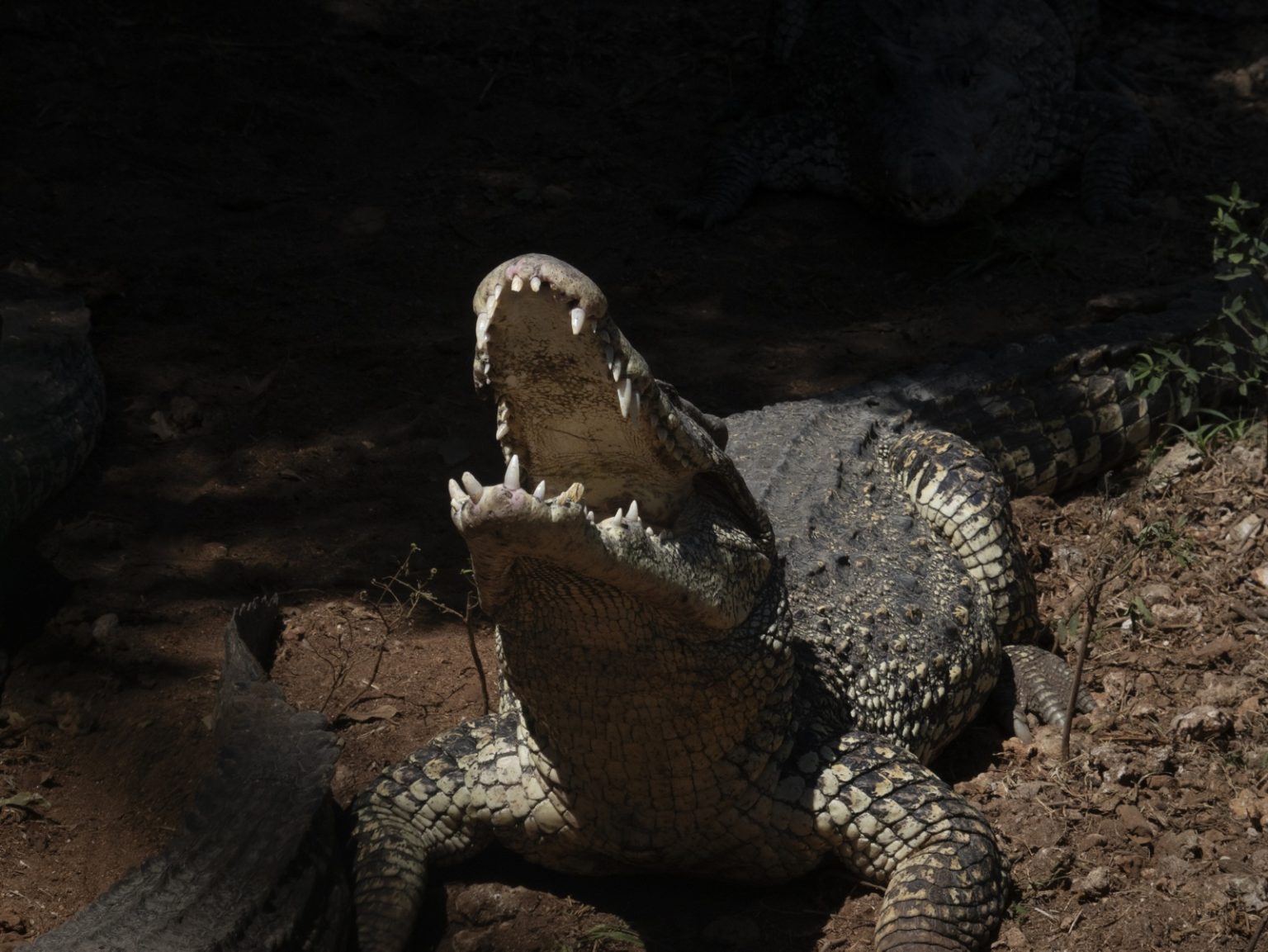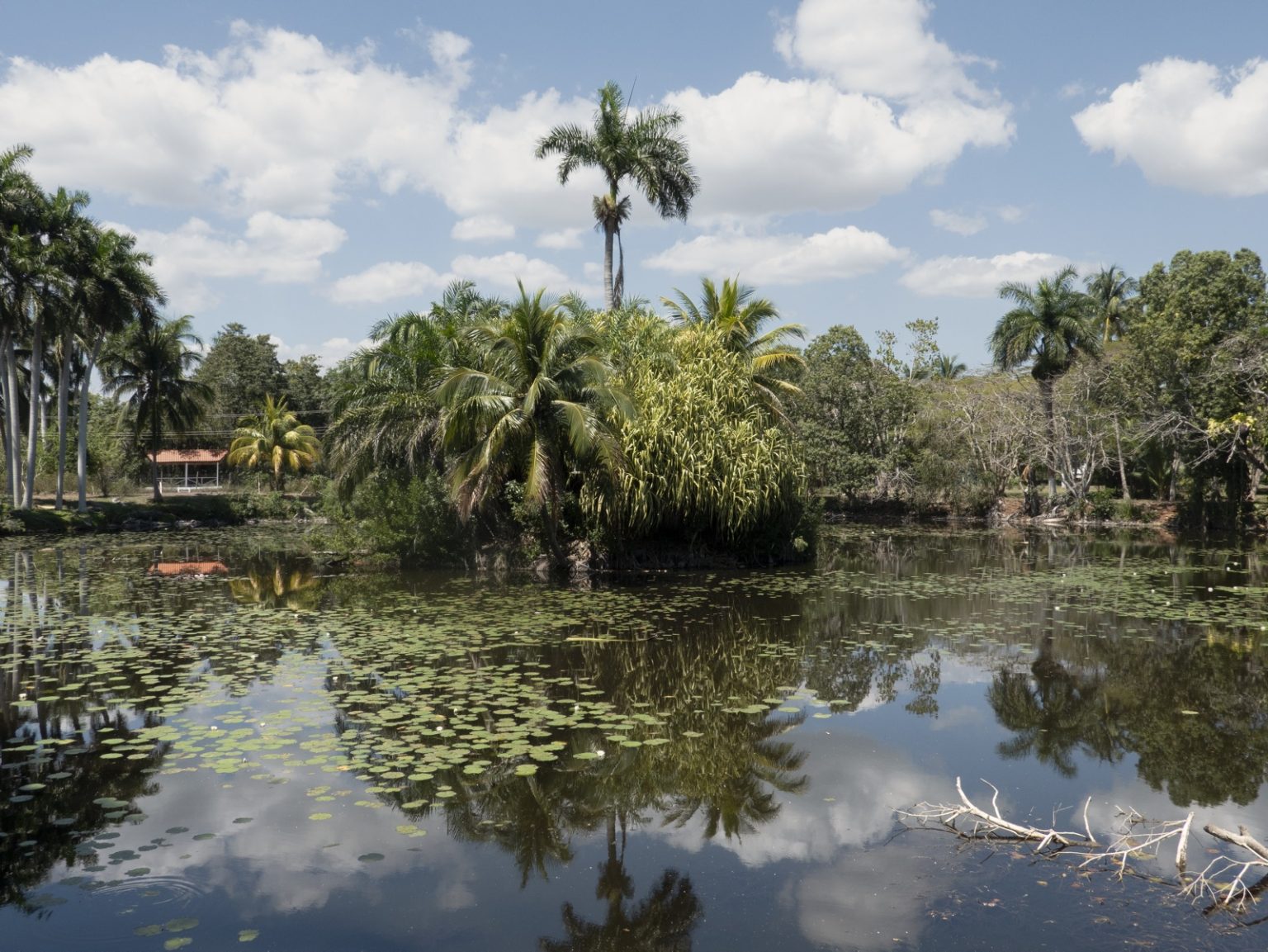The Caiman
I traveled across Cuba as a tourist at a time of great difficulty for the island. Obsolete infrastructure, the strengthening of the embargo and fuel shortages have all contributed to intensifying the frequency and duration of the Apagones, widespread blackouts whose effects spill over into the country’s economic and social situation, further strained by the scarcity of basic necessities such as medicine, food and water. Those who could, have left the country.
In Cuban culture and poetry, the island is often compared to a sleeping caiman, not only because its geographic shape from above resembles the animal but also as a symbol of resilience and national identity. Following the protests of 2021, many Cubans now believe the caiman is ready to awaken.
Some places, more than others, carry with them such a strong imagery that it seems immutable, shaped over decades of representations and capable of overlapping with reality itself. But what happens when the myth cracks under the weight of a profound crisis? Can photography challenge the idea of a place that is already deeply rooted in visual culture and collective memory?
These images arise from the encounter with an unexpected and profound stillness, in an attempt to visually convey the sense of suspension, uncertainty and vulnerability I perceived.

